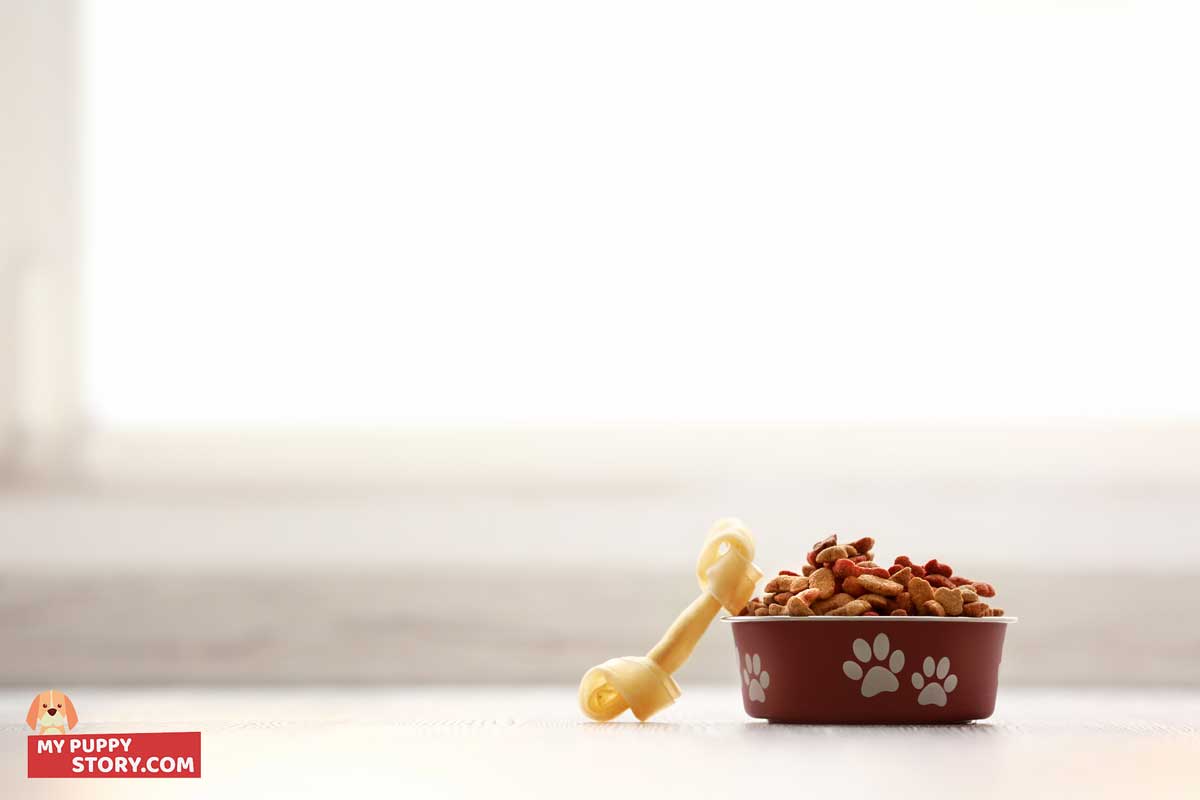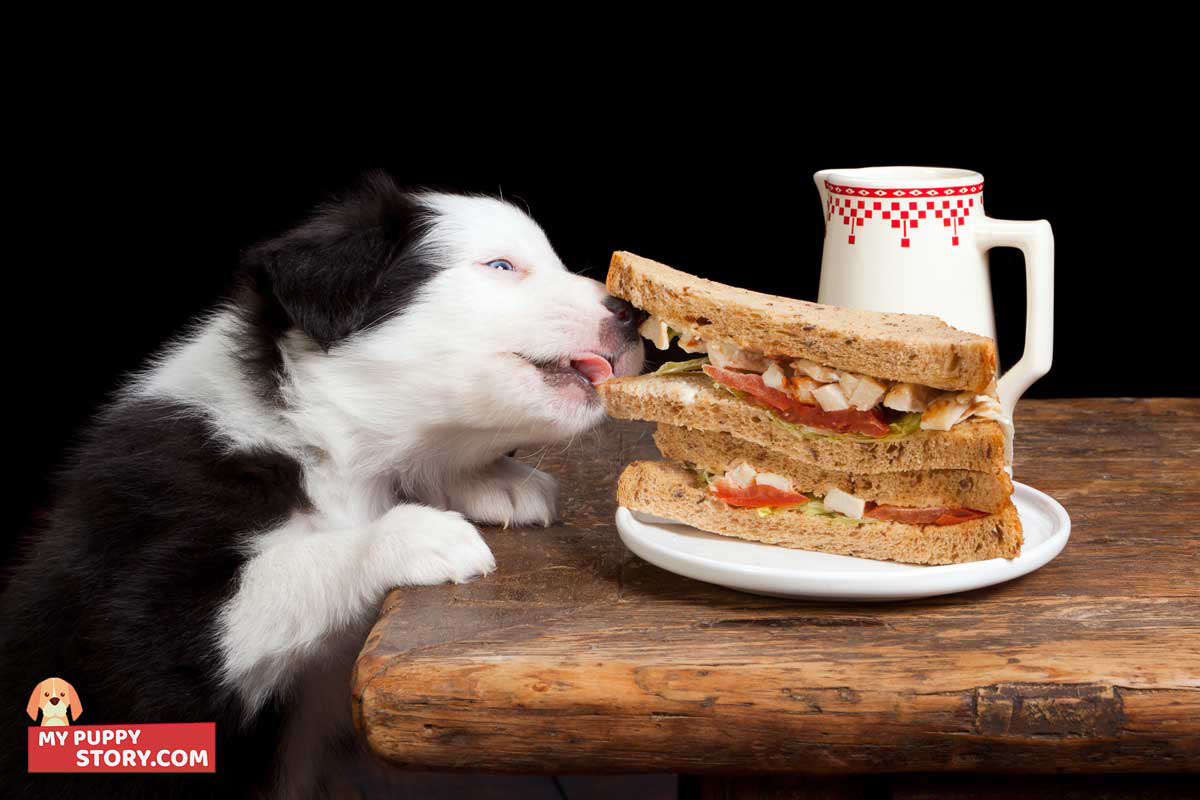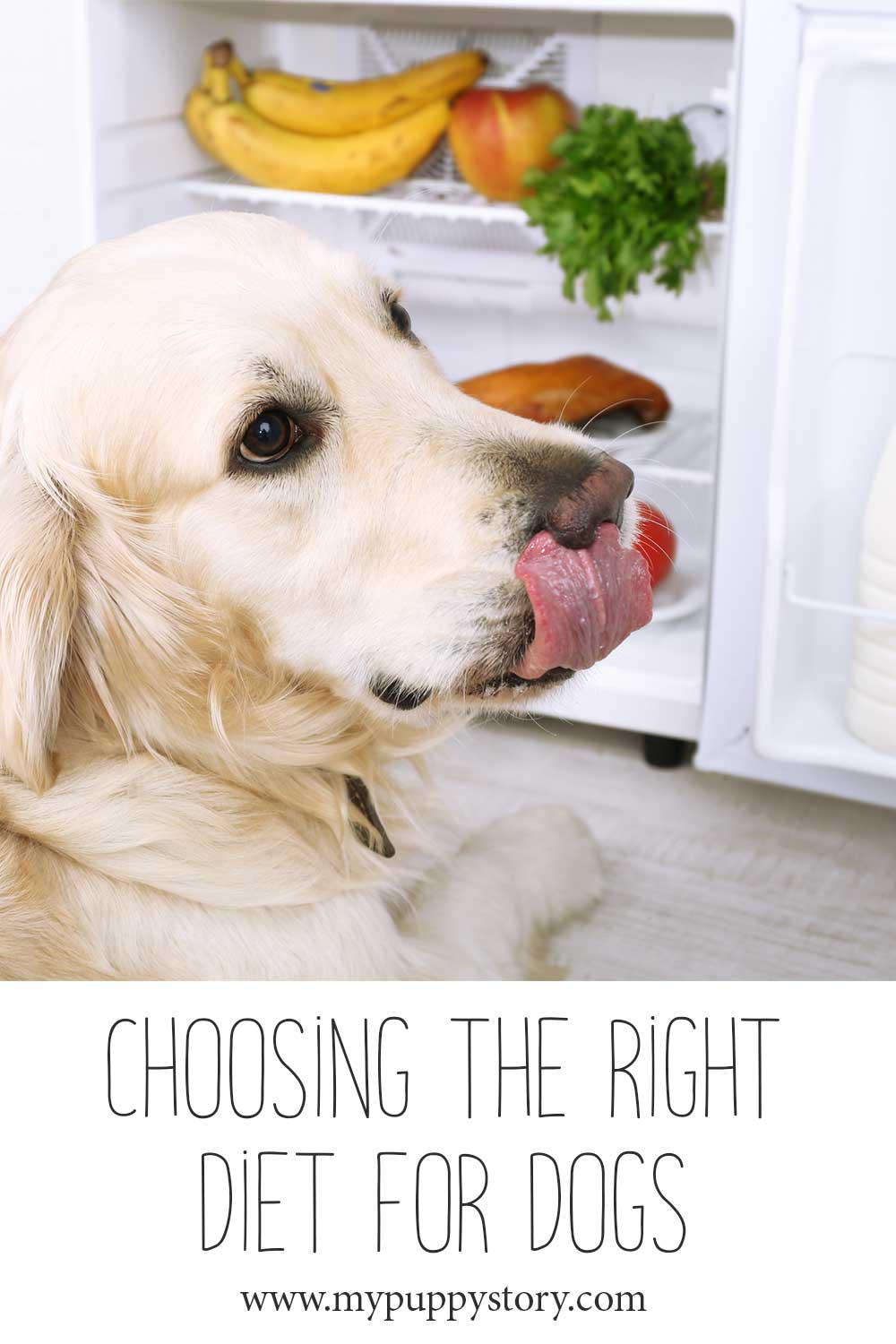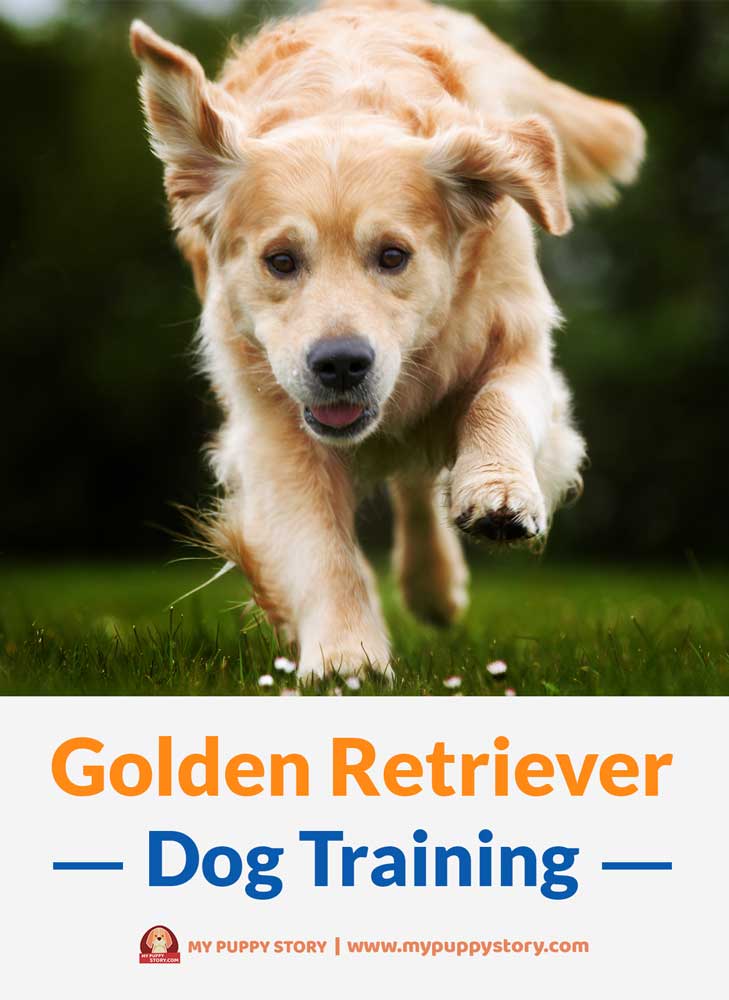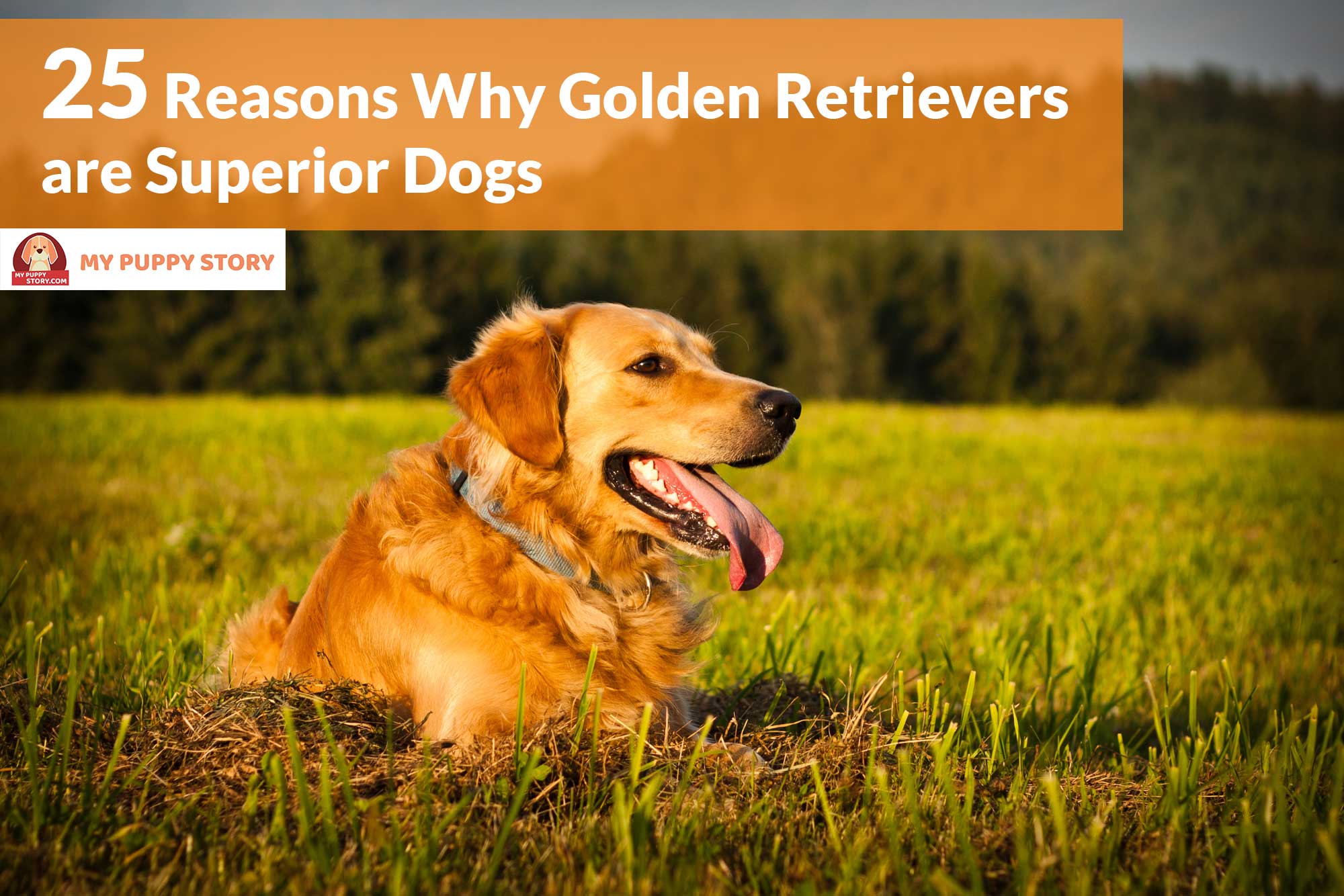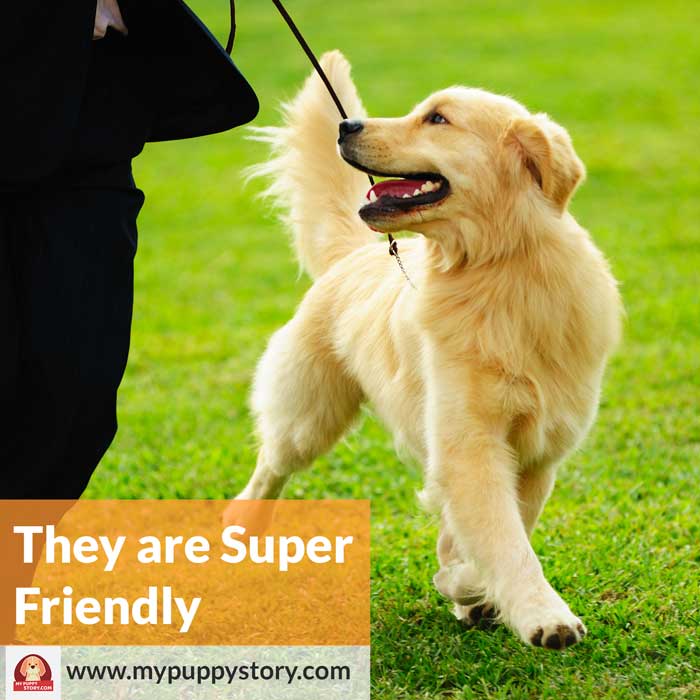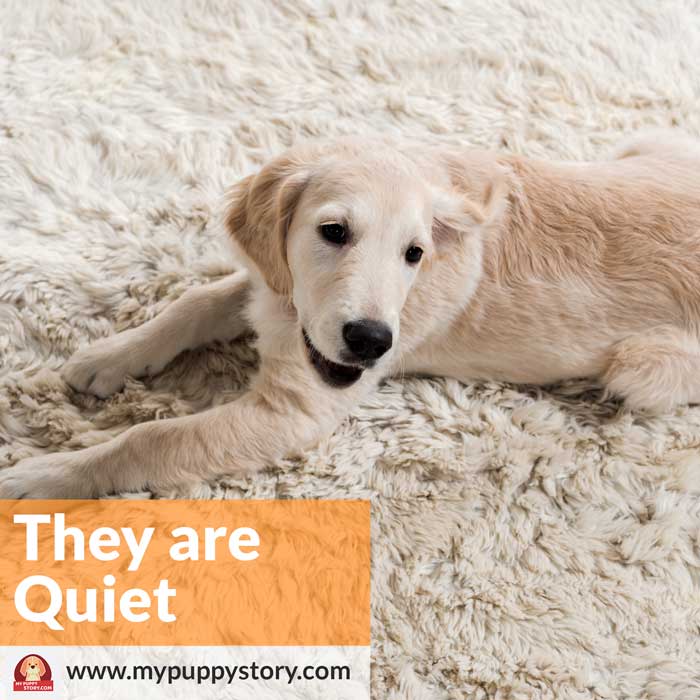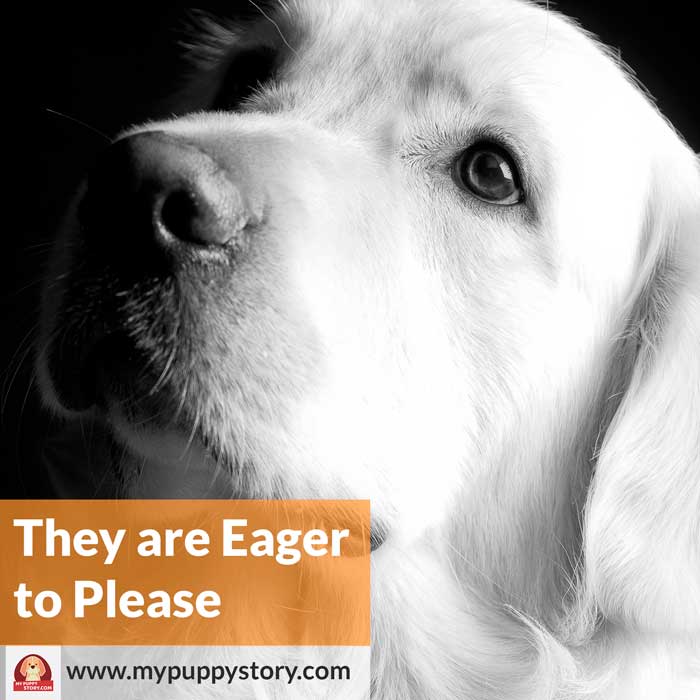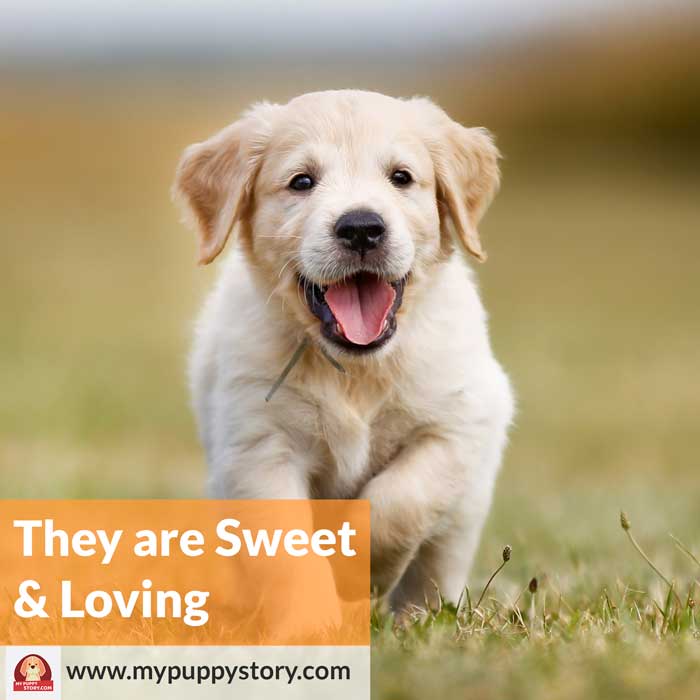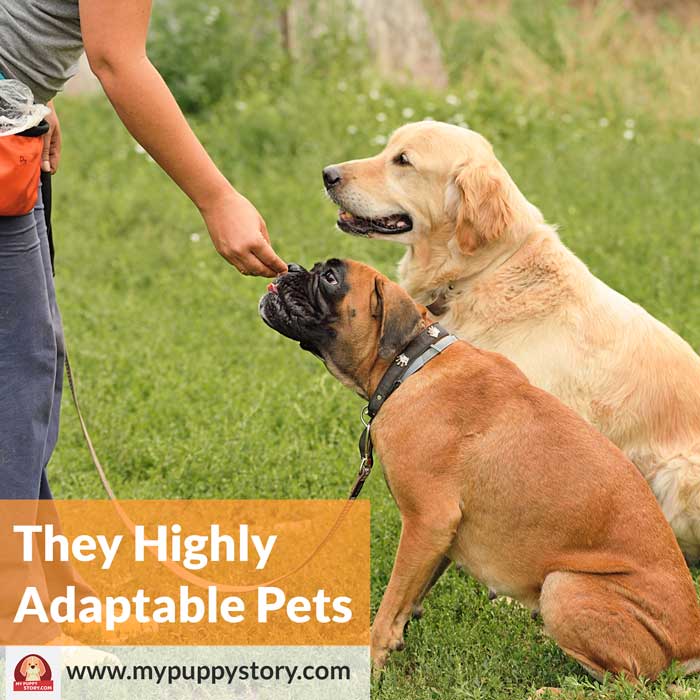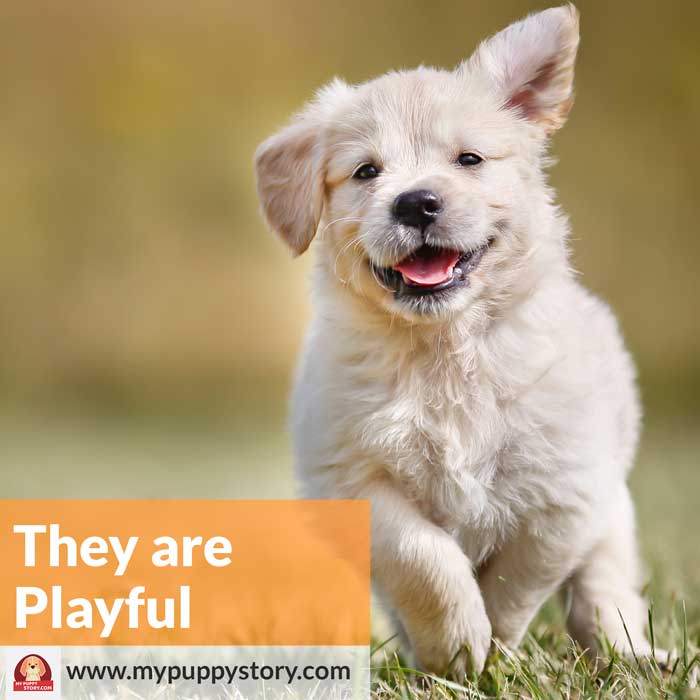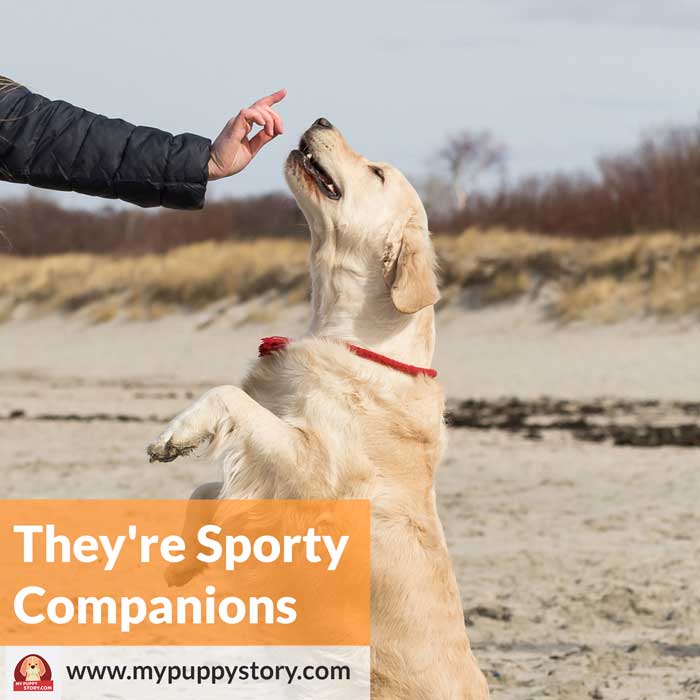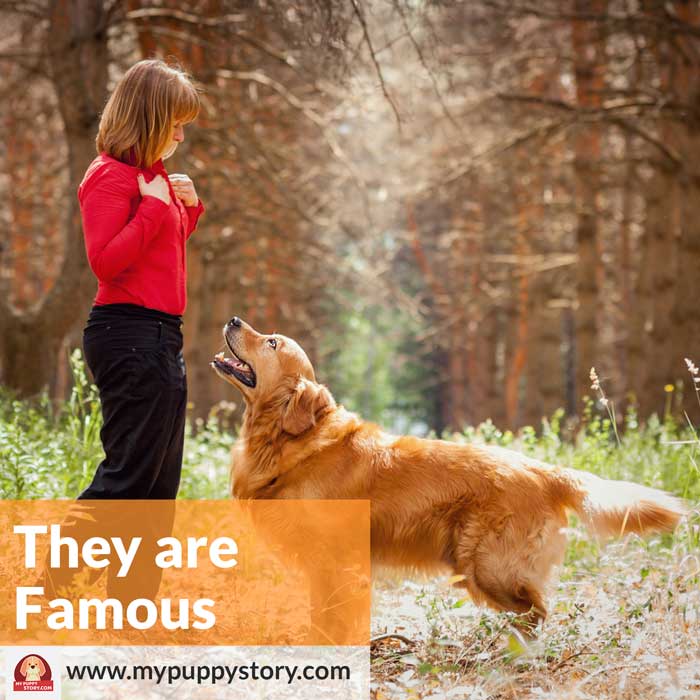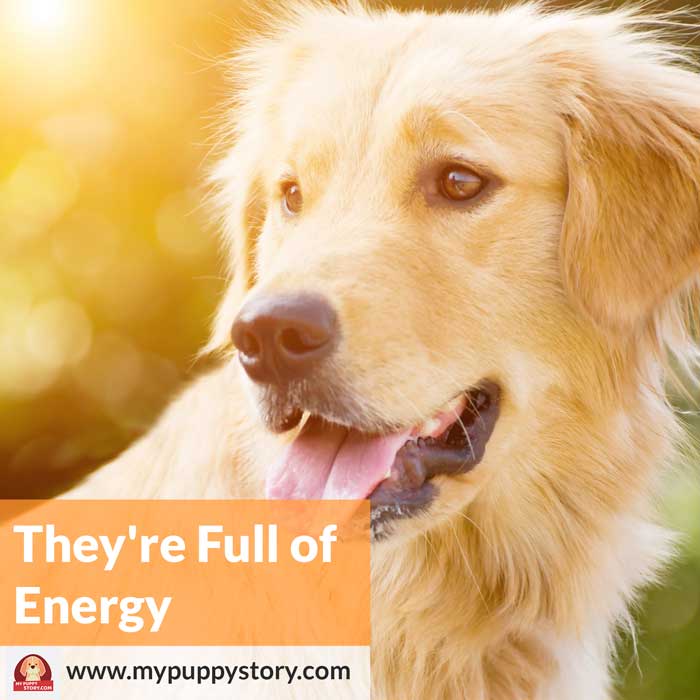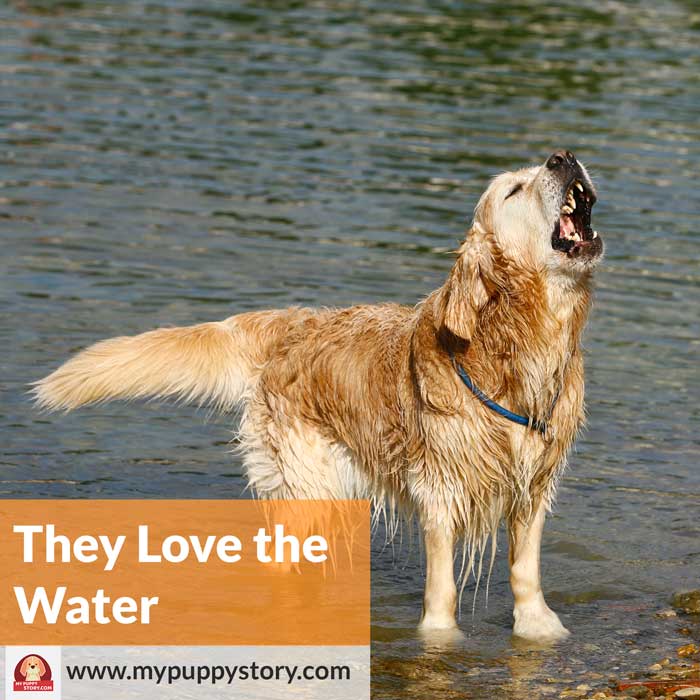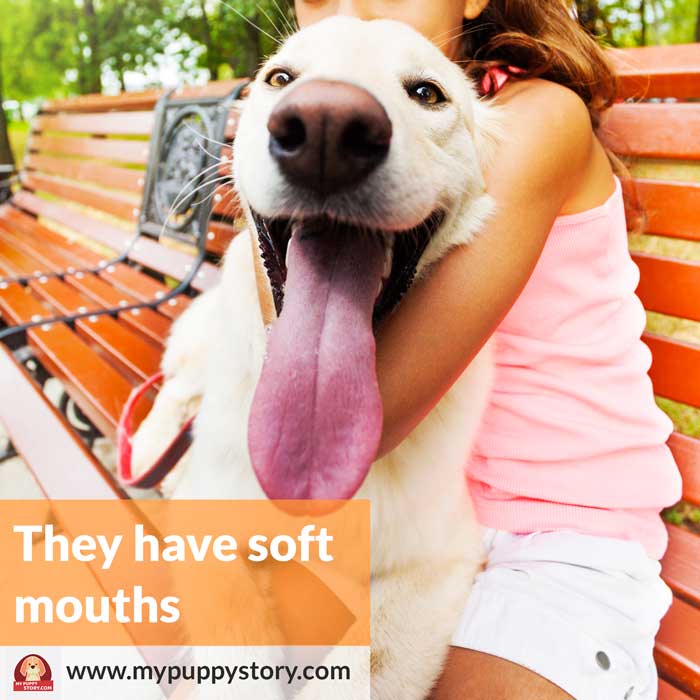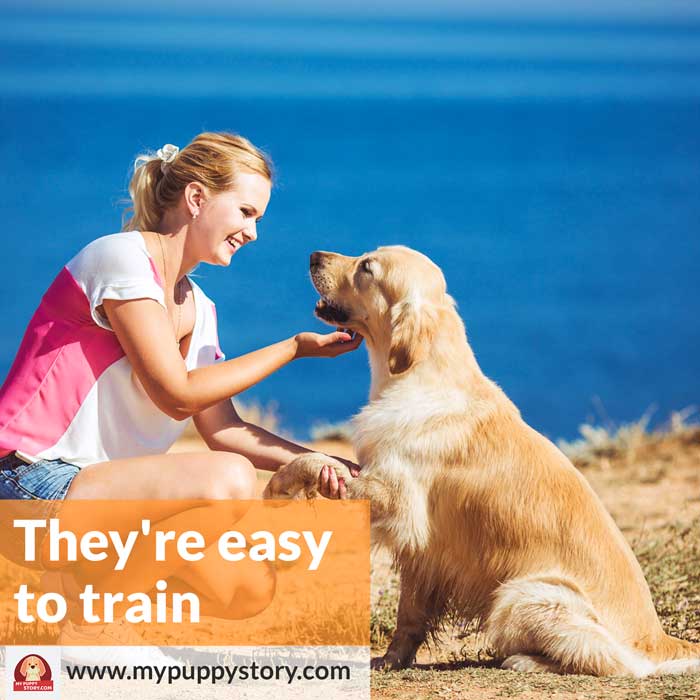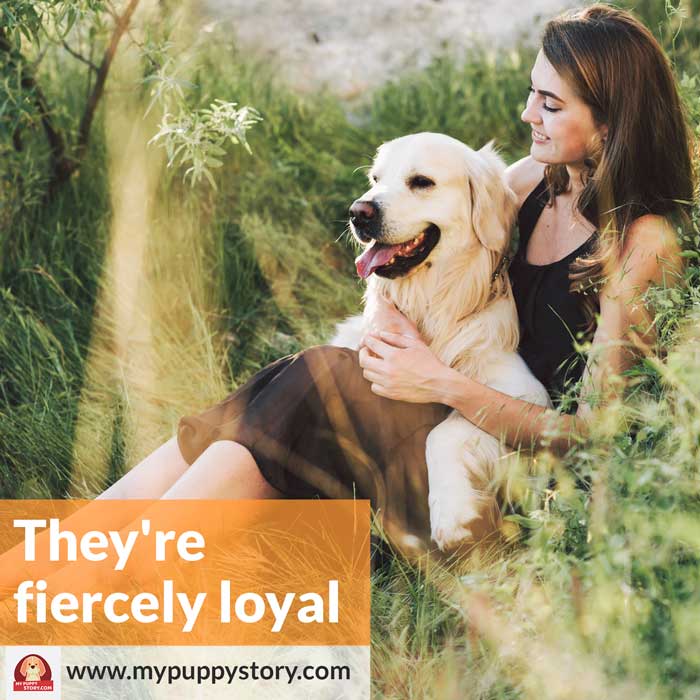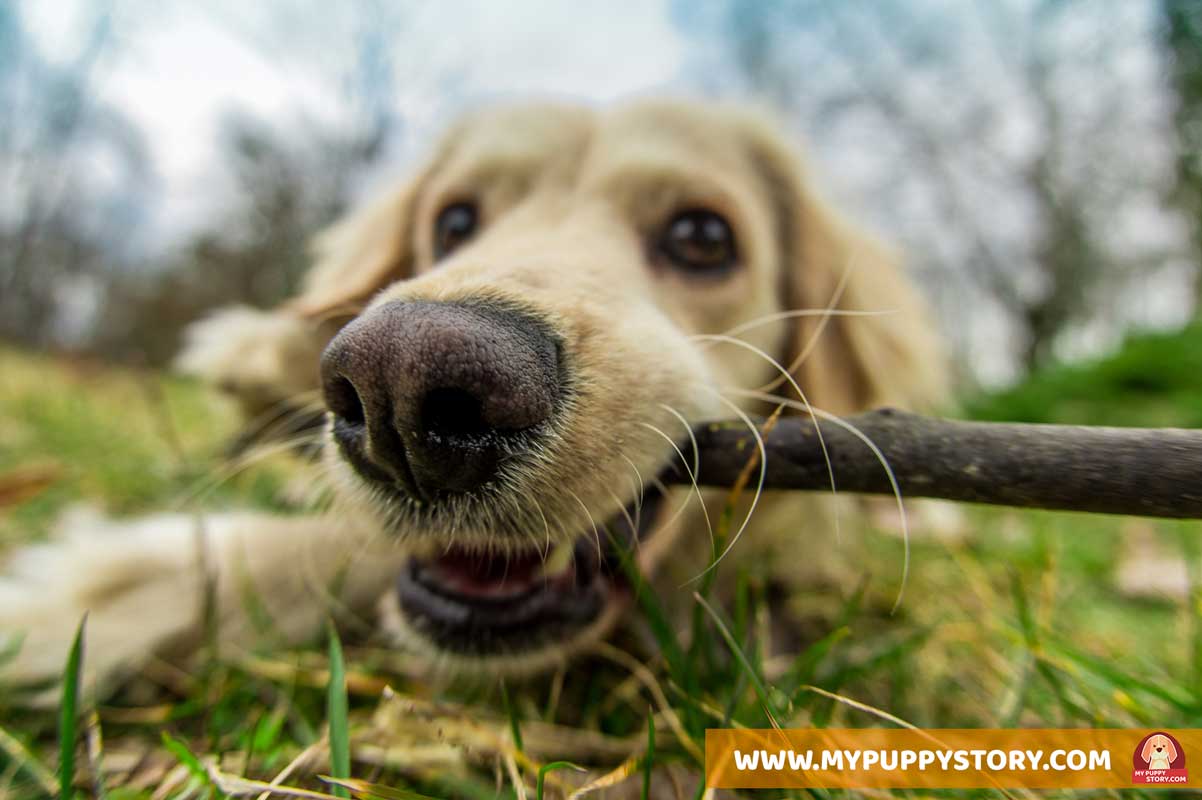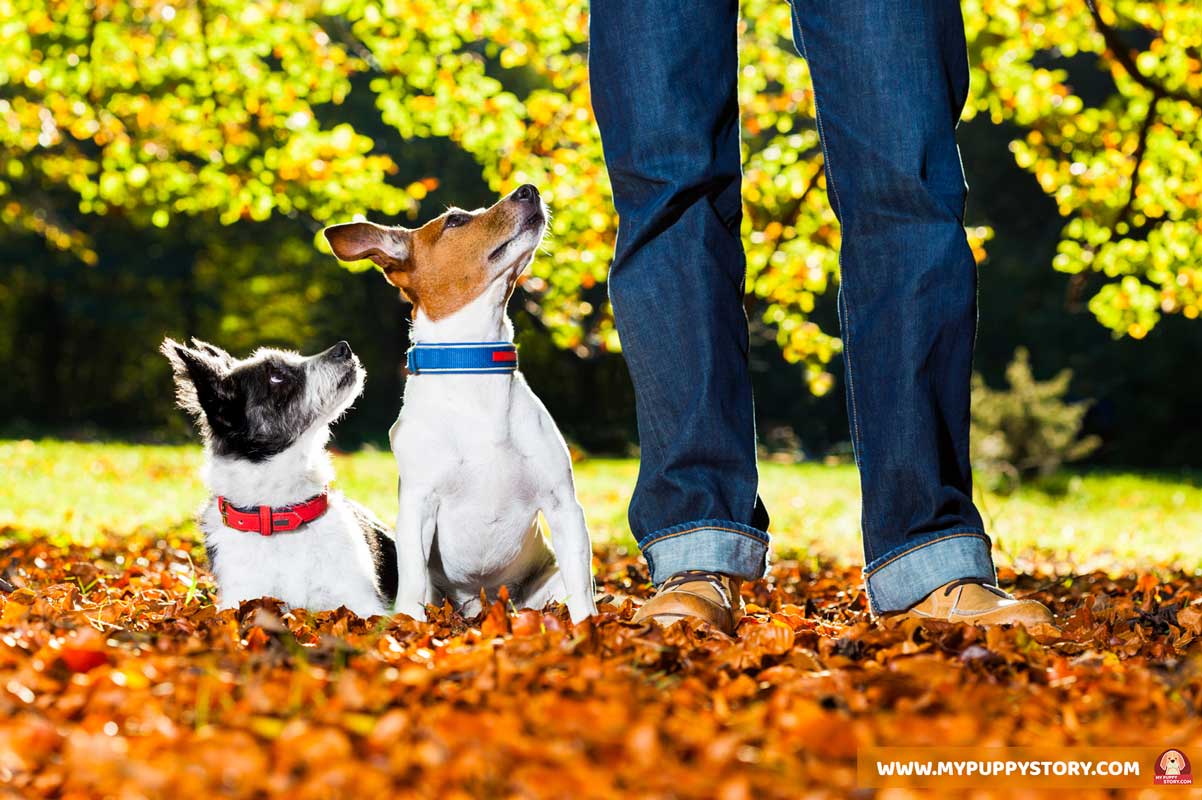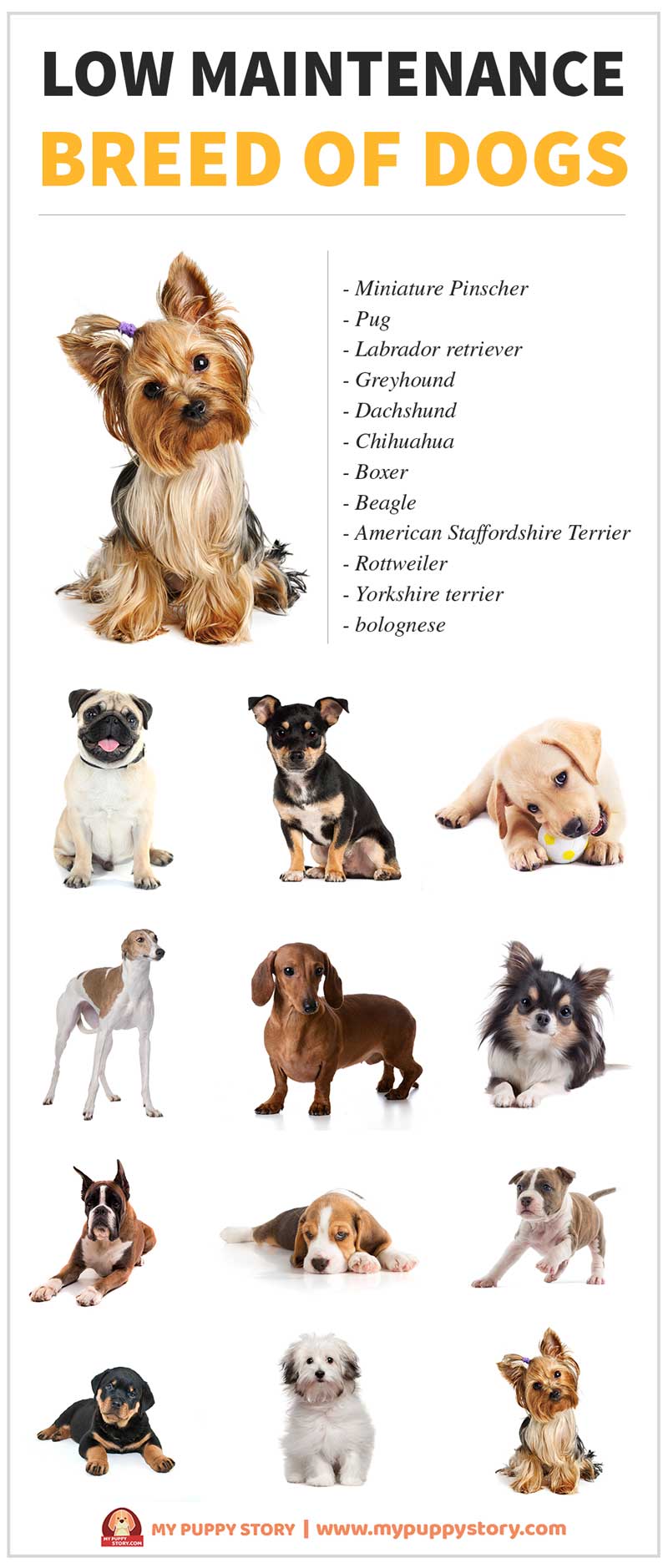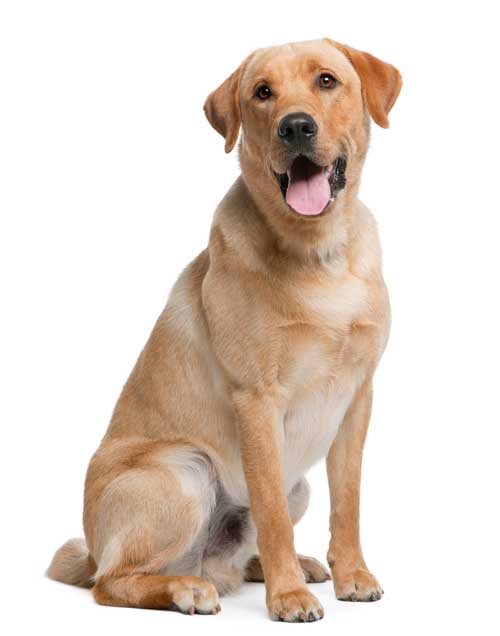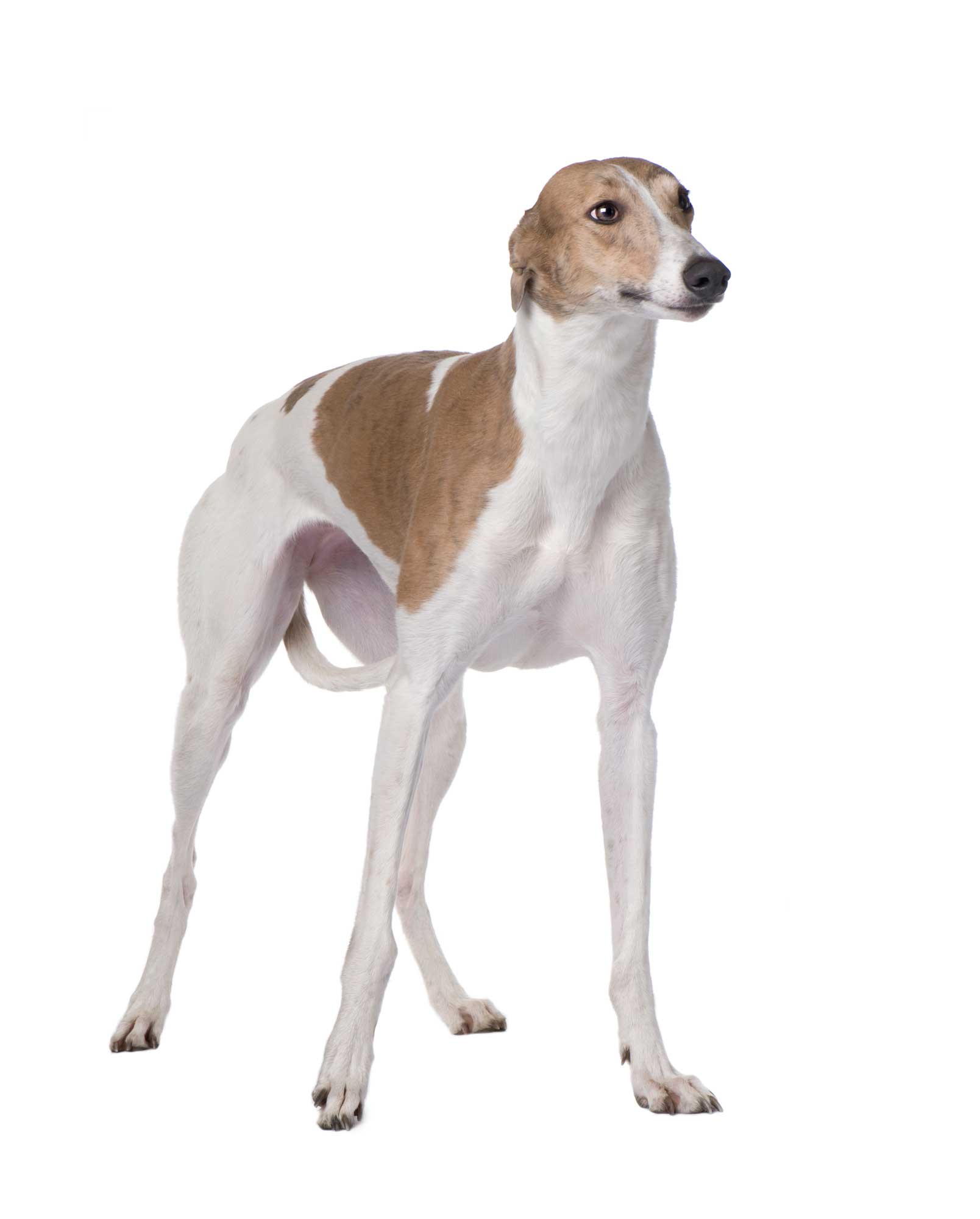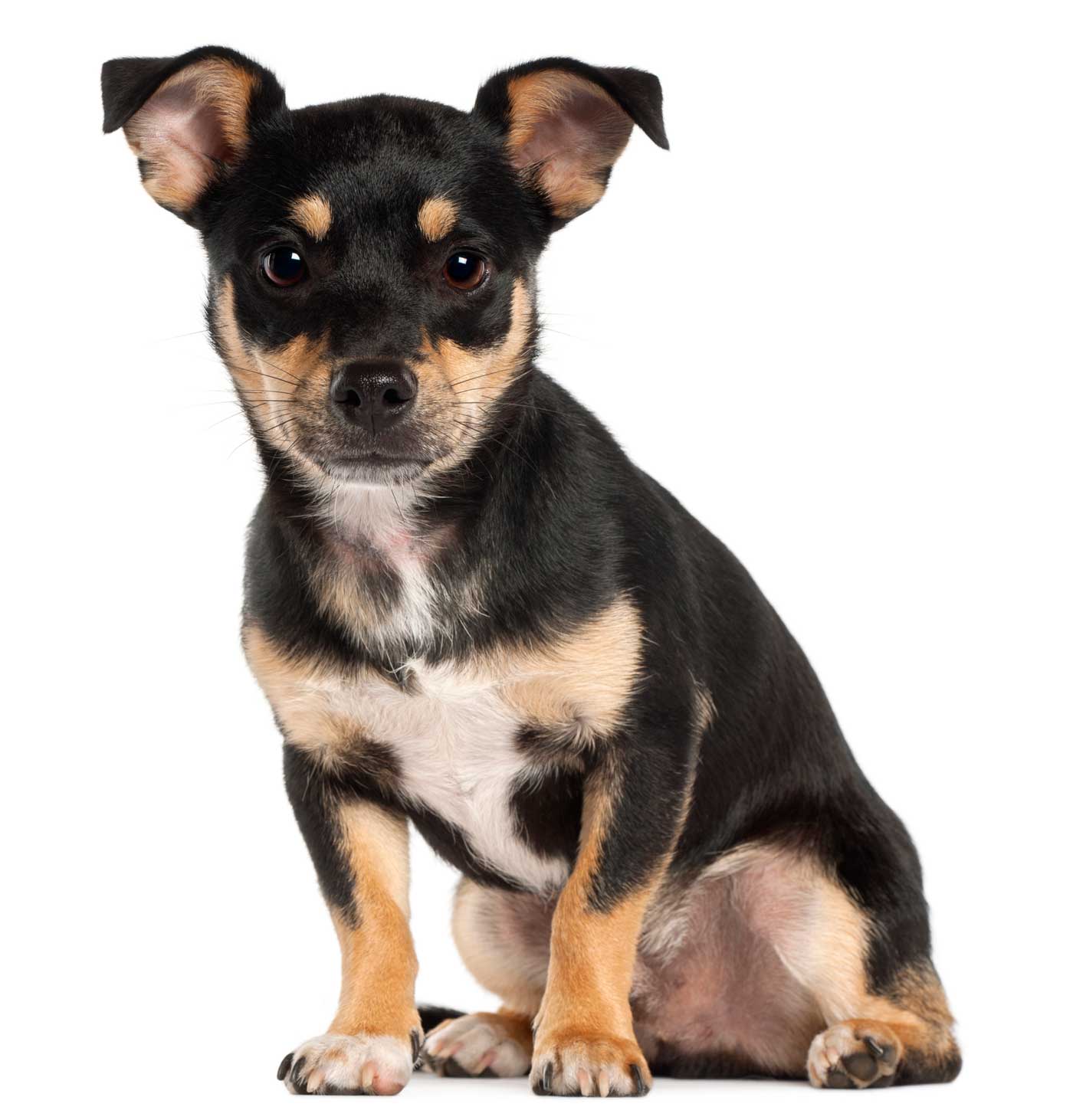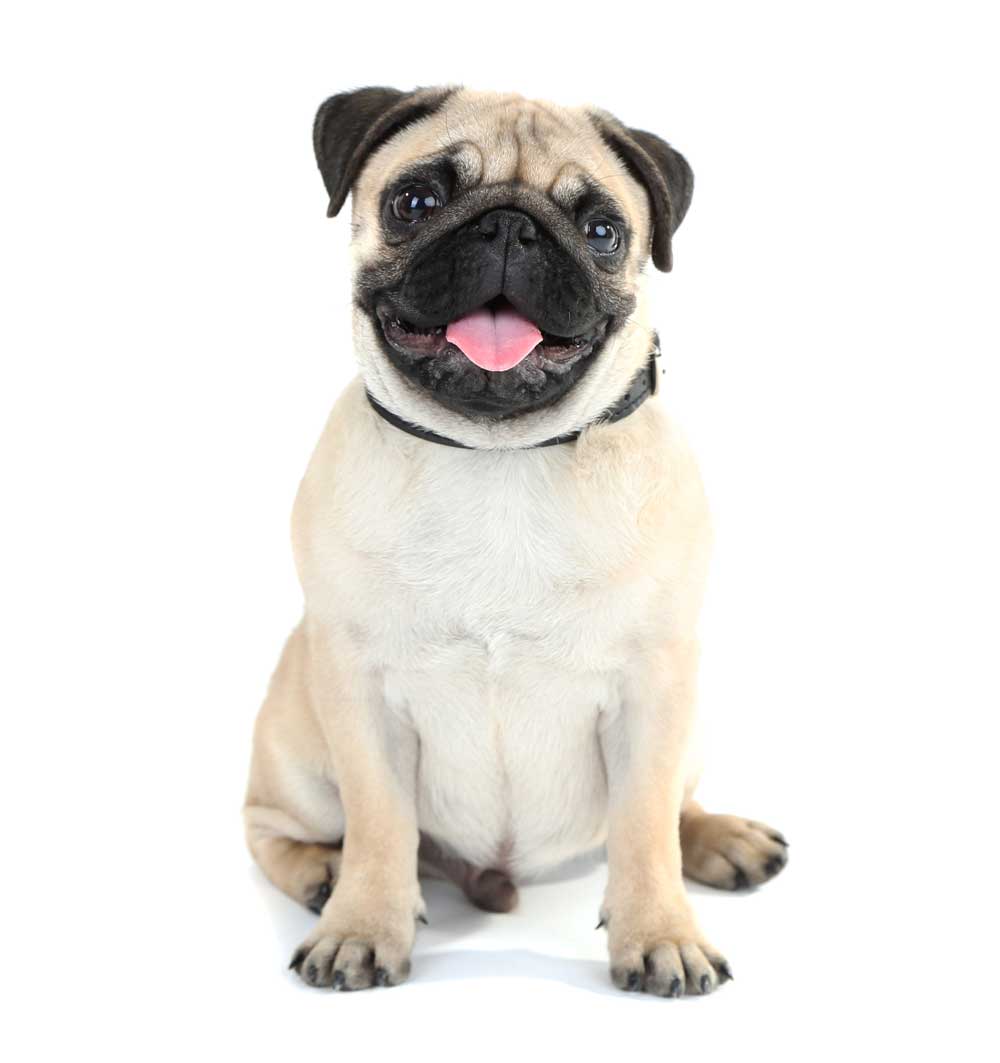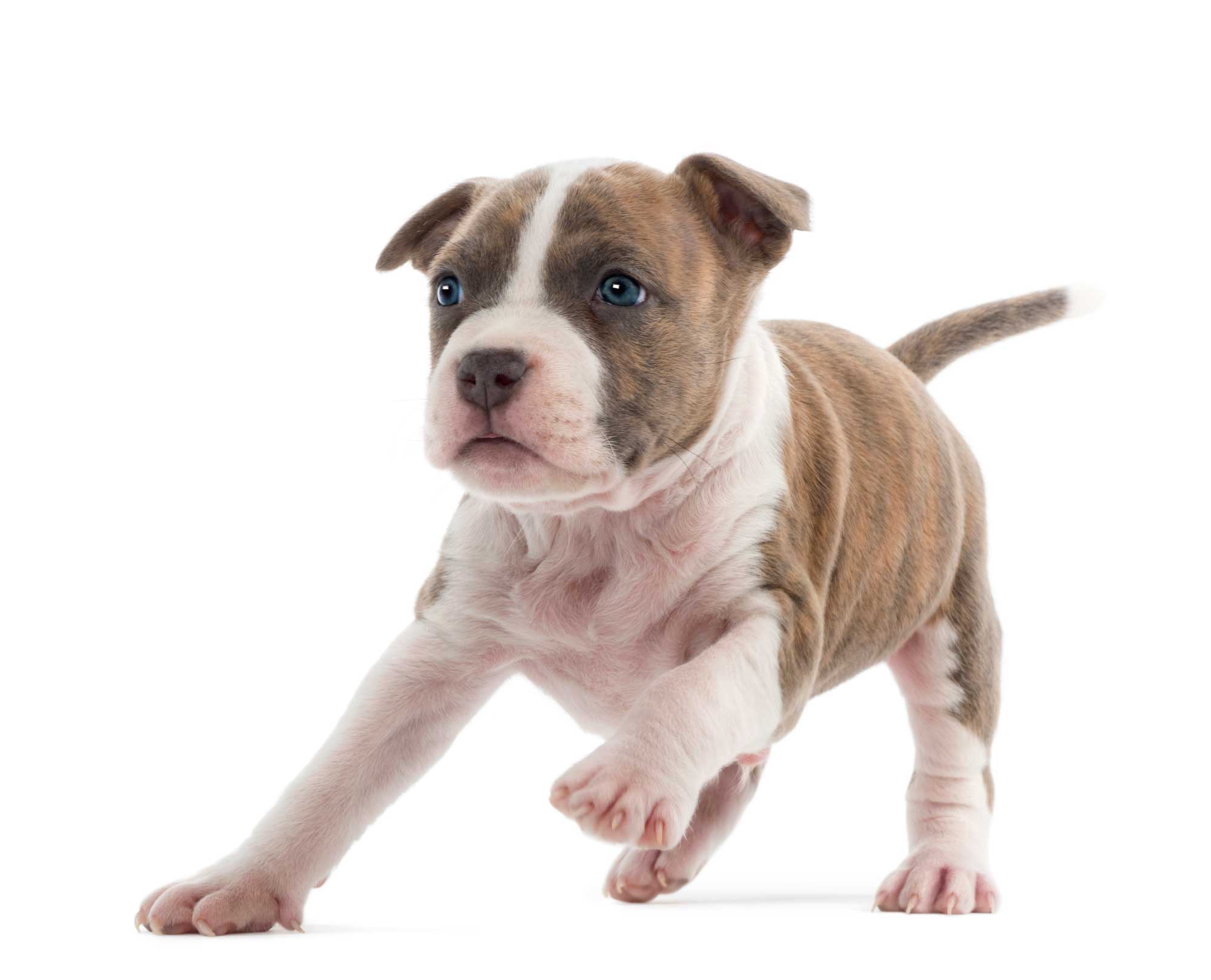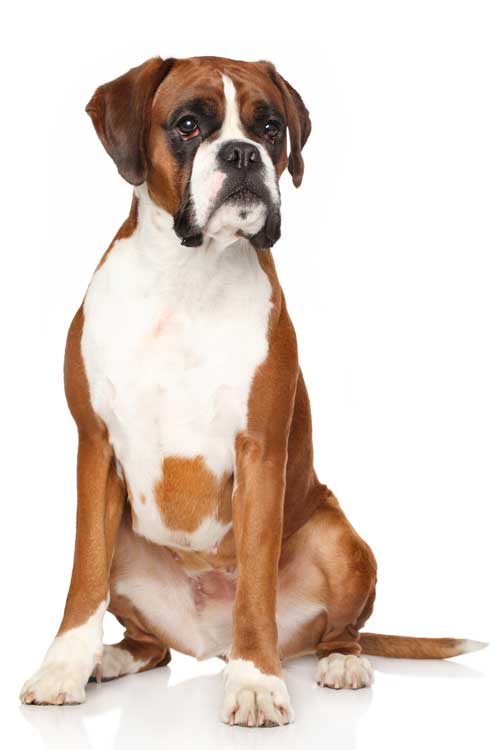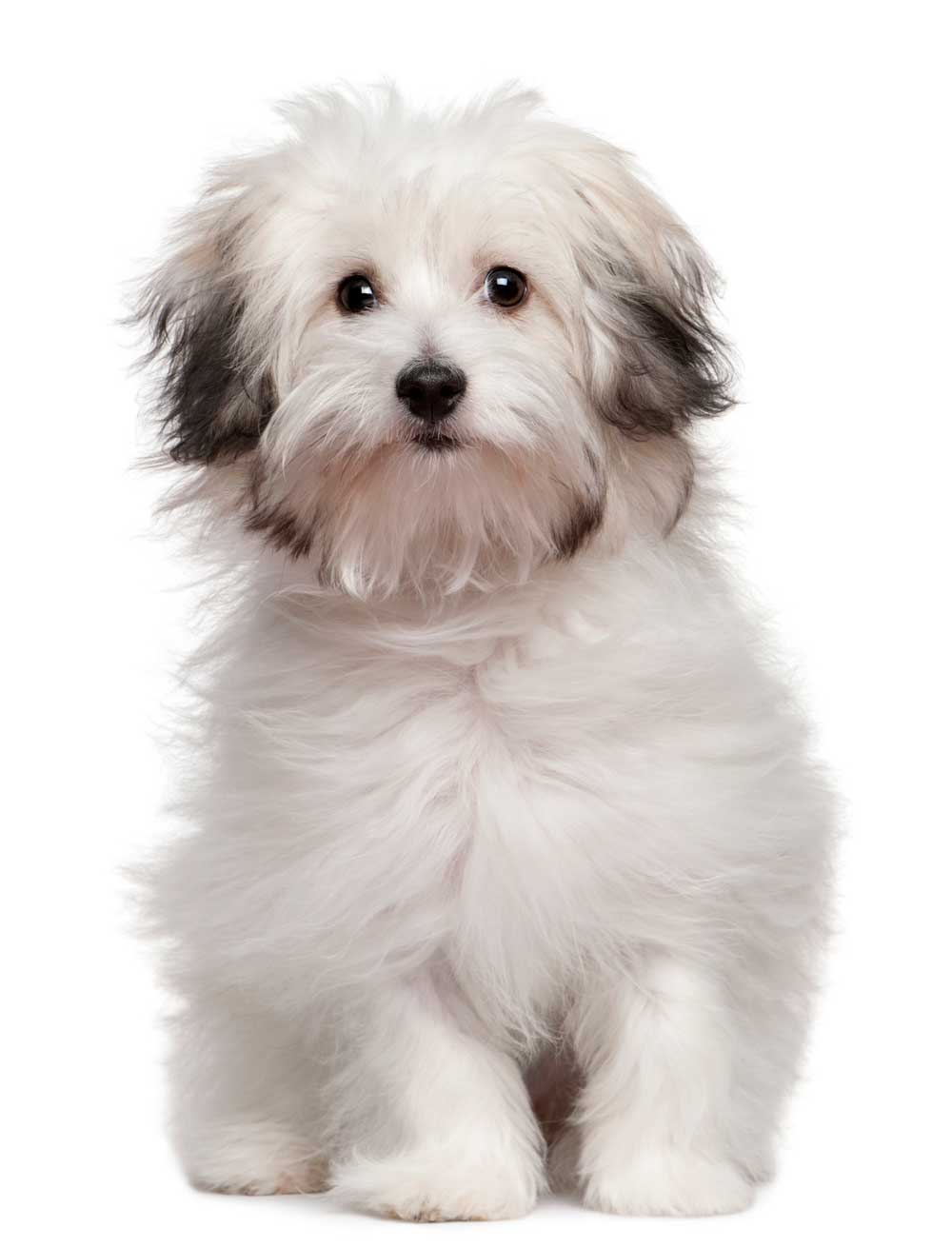A Man’s Best Friend
Man and canine get along so well that it almost seems like it was meant to be. For hundreds and hundreds of years, we’ve been practicing the domestication of dogs for hunting, herding, guarding and most typically for companionship. To date there is yet a challenger to the title of “man’s best friend”.
Owning a dog is more than just feeding and walking it. Being a dog owner means you’ll be spending a lot of time together, be it going on adventurous hikes, gathering and play-times with other dog owners, working on chores in the farm, or maybe just a regular walk in the park, whatever it may be, these are the experiences that strengthens the bond between the owner and his dog.
As you spend more time with your pal, you’ll observe that they have strong feelings – just like we do. You’ll notice their favorite treats, and the things that fill them with joy , or those that make them sad. Compared to these temperaments, a dog’s fear and anxiety may be harder to observe and are thus often overlooked by the owner.. Fear and anxiety can occur at any time, with or without any warning. While not every dog owner will have to deal with this, it’s something that shouldn’t be ignored.
Although there are many funny stories of dogs being scared of the toaster, microwave oven or the vacuum cleaner, some dogs do experience persistent fear that affects the lives of both the dog and the owner.
How Can I Tell if My Dog is Scared or Anxious?
Symptoms of a dog being scared and anxious range from being mild to severe. Here is a guideline to help you determine if what your dog is experiencing fear:
Mild Signs
- Trembling – They may be shaking or seem to have a tremor.
- Tail tucking – This is when a dog tucks its tail down in between its hind legs.
- Ear pinning – When the ears are pinned back and downwards
- Withdrawal – Your dog may seem to take a step back, and detached from the situation.
- Hiding or (passive) escaping behavior– A dog that is scared may hide behind you or something else to try and avoid its fears.
- Reduced activity – Dogs may stop suddenly or seem to freeze when in a stressful situation.
Signs of Panic
- Active escaping behavior – Running away is a clear sign of a dog in panic.
- Activity that seems out-of-context and potentially injurious to him/herself or others – This can include biting, jumping, etc. This may be potentially dangerous for larger dog breeds.
Signs of Excessive / Unhealthy Stress
- Diarrhea – Loose stools is something you should take seriously, whether or not your dog is
- Vomiting – Throwing up is also a serious sign and all measures should be taken to get your dog in a safe, comfortable environment.
- Excessive barking and whining – If it’s not the mail man and they don’t have to pee, then it might be something more serious.
- Panting – Quick and shallow breathing for no reason can be an indication of fear or anxiety.
- Digging – They may not be digging necessarily, but more-so doing a digging motion.
- Chewing – Dogs do like to chew, but chewing too much isn’t a good thing.
- Shedding – Just like humans, dogs can lose hair if they’re scared too often.
- Leash biting – This could be a way to show you they don’t want to go near something they may be afraid of.
- Sweaty paws – Again, this is a reaction that humans also get when they’re scared or under
- Foam drool – You ever notice an aggressive dog with foamy drool? This can be a sign they are actually scared rather than mad.
- Red eyes – Because the heart rate increases when scared or stressed, the increased blood flow can make a dog’s eyes appear to be red.
- Tense muscles – If your dog seems stiff, or even frozen, this can indicate they have tense
- Excessive tail wagging – A dog that’s wagging his or her tail isn’t always happy, so be aware of what’s going on and determine whether or not your dog is actually happy, or
- Aggressive behavior – Anywhere from biting, growling, shoving, running, etc . If your dog happens to growl in a particular situation, a dead give-away that it is doing so out of fear is if its stance is with the head lower than the back.
Keep in mind that some of the symptoms of canine anxiety and fear may be observed in stressed dogs as well. Although some form of stress is perfectly normal for a dog, excessive or severe cases would certainly require veterinary attention.
Why Do Dogs Get Scared?
Fear in dogs is caused by a number of reasons. The fear or phobia your dog is experiencing could be caused by one, or a combination of the following:
They’re Still Young / Lack of Experience
Puppies and younger dogs can be fearful of things they are unsure of. Helping your dog experience new things while they are still young is a great way to help your dog develop a sense of confidence. It’s important to let your pup explore a bit, especially before 14 weeks of age.
They’re Getting Older
It’s pretty common for a dog that’s getting older to start developing behavioral problems, which include the development of phobias and anxiety as a result of hormonal changes.
Because of Previous Events that Occurred
Most of the things dogs find fearful is from past experience. Some dogs may have been attacked by other dogs, abused by previous owners or abandoned. These emotional scares often lead to fear and anxiety.

It’s in Their Nature
Sometimes, being scared is wired in your dog (breed). We see this in people as well. While some dogs are outdoing, some are extremely shy. Some dogs don’t seem to be afraid of anything, while others appearto be overwhelmed with the world. Regardless, fear and anxiety can be overcome with understanding, patience and love.
They Might be Sick or Injured
If you find your dog getting scared for seemingly no reason, there could be either a sickness or injury you are unaware of. This is a good time to take a trip to the vet to figure out what the root of the problem is before it’s too late. You wouldn’t want your pal to have a brain or thyroid disease you weren’t aware of.
Common Fears Dogs Have
There are several common fears that a dog may have. The ones we are about to go over are some of the most commonly experienced fears. If you find your dog has one of these, then know you are not the only one. In fact, most dogs will have a slight fear of at least one of these things at a certain point in time.
1. Fear of Other Dogs
A dog that fears other dogs could have either not been around enough dogs when they were a puppy, or they might have been attacked by a dog previously. Being attacked is an extremely traumatic experience and it can be deteriorating for your dog’s self-esteem. When you’re around other dogs with your dog, stay calm and keep your voice calm. The best thing to do is desensitize, which we will go over later on.
2. Fear of New People
Dogs who have been sheltered a lot when they were pups can lead to fear and anxiety when it comes to being around new people. This can also be the case if there was abuse from a previous owner. Try not to have your dog around too many people at once and introduce him or her slowly to your friends. Don’t force them to interact, either. Show them this is someone you trust and someone they can trust too.
3. Fear of Riding in the Car
Believe it or not, it’s not unheard of for a dog to have a phobia of car rides. Some dogs get car sick in the car, making them nauseous or to the point of vomiting. Another reason this phobia exists is that they simply aren’t used to it. The feeling of a car moving and watching things pass by can be overwhelming for a hound.
If it’s not car sickness or being new to the feeling of car rides that’s making your dog uneasy, then it might just be an association with a negative experience. A dog might remember that their trip to the vet was made in a car. Another possibility is that they might have been in an accident before, both in or outside of a car, and are scared that it may happen again.
4. Fear of Loud Noises
One of the most common fears people will find in their dog is their fear of loud, sudden noises, such as thunder or the vacuum cleaner. These noises can result in your dog panicking within a matter of seconds. Fortunately these can be easily alleviated by having someone in the family play with them during a thunderstorm or while you vacuum. There is also a product called the ThunderShirt, which you can find on Amazon.
5. Fear of Separation
Separation anxiety is most common in puppies. Common signs are being clingy, hyperactive, excessive barking, destroying objects, urinating on the floor, defecating inappropriately (even diarrhea), excess saliva, over and under-eating, being depressed or aggressive, etc. Sometimes these signs show as soon as you leave, while others will take time to kick in.
6. Fear of Confinement
What may be taken as a fear of separation, might just be a fear of confinement. Dogs like to have their own little cozy spot to hang out and know it’s their own. Something as simple as having several dog blankets and floor mats around your home can help your dog feel more comfortable while you are gone. Another thing that helps is leaving some interesting and engaging dog toys for your dog to play with while you are out and about. Put them away while you are home so they don’t become bored of it.
7. Fear of Water
You might think that only cats are scared of water. But dogs can develop a fear or phobia of water as well. This may be due to a previously bad experience with water, or simply because they are unfamiliar with it. A good thing to do is start with shallow water and maybe even use treats as bait to get them in the water.
8. Fear of Their Owner
It is possible for a dog to be afraid of its owner! This is particularly common when you and your dog are fairly new to each other. The thing is, you may be completely unaware of it. Such fear may be a result ofsome changes you’ve made that your dog is uncomfortable with. Things like a new table, furniture arrangement, or even new guests can spook your pooch. Another thing is not getting enough personal space. While you or your family members may be trying to please and love your dog, sometimes the love can be intimidating.
If you notice that you’re using your body language to show your stress, then your dog picks up on that instantly. They may even think you’re feeling upset because of them. When you get home from work upset, try to make it a point to approach your dog calmly and happily, so they understand that your negative mood isn’t their fault.
Take Note of Your Dog’s Fears
It is important to list down the stuffs that spooks your dog. In addition, make it a point to understand just how scared your dog is of each of their fears. While it is entirely possible for a dog to learn to overcome its fears, sometimes your dog may have difficulties dealing with a particular phobia. When there is a strong display of fear or aggression (running away, growling, or even biting), then you know this should be a fear that is best limited and avoided, especially in public places.
In order to help your dog overcome fears, it’s important to understand the threshold of each fear. With that knowledge, you can better control your dog’s environment, as well as easier manage their behavior during stressful situations. There is no clear-shot way to help a dog overcome it’s fears. There are, however, a few things you can do that can help.
How to Overcome Dog Fears and Phobias
Like most things in life, there is more than one way to approach the solution. Helping your dog overcome his or her fears and phobias doesn’t always work 100%, meaning that you might be able to help this fear become more tolerable, but your dog may still have a negative reaction to it. On the other hand, there are many cases where dog owners are successful in helping their dog get over their phobia(s), and this means your dog potentially can too!
Now that you are aware of your dog’s fear(s), helping your dog overcome it relies on you. You’ll need to develop a structure. There are things you need to figure out such as what you are going to do when your dog is scared, what you should do to help your dog understand there is nothing to be scared of. We will now go over some ways to help your dog overcome fears and phobias.
First Thing’s First, Don’t Reward the Fearfulness
Dogs are quite simple; they consider any kind of affection to be a reward. So when you find your dog is fearful or scared, the last thing you should do is comfort them because this will only reinforce their feelings. What you need to do is be your dog’s leader. This stems from their nature to follow the leader of the pack. This is called allelomimetic behavior, aka imitating. This will first require the mindset of “surrendering” of your dog.
In order to do this, we must remain assertive, yet calm, even if your dog is displaying fear. The attitude and vibes you put out will be instinctively picked up by your dog, and they will better understand that there is nothing to be afraid of.
If you are calm and assertive but your dog is still seeming scared, then show with actions that you are their leader, and everything is okay. Whatever you do, do not start to feel anxious or scared about your dog’s behavior, as this will only make matters worse. It’s really not so hard, and once your dog feels your confidence, they’ll surrender to your lead easily.
Socialization
Prevention is better than cure. Phobia and anxiety issues can be minimized or curbed altogether if you socialise your dog early in its life. The term socialization is defined as the process a dog, usually a puppy, goes through to experience all sorts of people, situations, and places to become familiar with them. It is extremely important to socialize your dog when it is still young, with the most important period being from 0-14 weeks of age, as well as between 5 and 8 months of age. What you need to do is expose your dog to all sorts of people, from old to young, men and women, people who have facial hair and glasses, people wearing hats, etc.
If your dog is not properly socialized, then it will be much harder for them to deal with self-esteem issues and unknown situations. Socialization doesn’t only have to happen while a dog is a puppy. In fact, it’s completely possible to help socialize a fully grown and developed dog. Keep in mind that they won’t be as reliable as a dog that was well socialized, and you need to approach it much differently.
Helping your older dog socialize means making an effort to go outside. When you go to a dog park, allow your dog to watch other dogs and examine their behavior, but don’t let them go in just yet. When a dog comes near the dog park fence, give your dog a treat so they associate positivity with other dogs. If they happen to act aggressively, then move them away until they calm down.
If you’re walking outside with your dog, it’s best to not tug and yell at your dog, but instead distract and get the attention on you to avoid a bad encounter. Another thing to try is dog obedience class. This will help expose your dog to other dogs, as well as other humans in a safe area. To help your dog get used to other people and dogs, it’s best to introduce them slowly into their lives, rather than as much, and as soon as possible. When your dog goes through each new experience, praise good behavior with treats and affection so they can learn easier that these situations are safe.
If your dog happens to be running away from you, then it’s best to not force the interaction, but instead ignore your dog. When they come out to see what you’re doing, reward with a treat to let them know you’re their friend. The best thing for you to do is just be calm and your dog will follow your lead eventually.
Desensitizing
Desensitizing is defined as rendering a particular stimulant less sensitive. Desensitizing your dog can be done through a couple of methods – repetition, modification and counter/conditioning, as described below:
Repetition: Once you understand what object or situation is scary to your dog, then you need to figure out a way to have it happen, or have your dog exposed to it when you need to. For instance, if your dog is scared of the vacuum cleaner, put it somewhere they can access it, and they will slowly become used to seeing it and how it smells. Bring your dog to it and give him or her approval when they willingly go near it. Of course, don’t turn it on while doing this and it’s probably best to have them on a leash for extra security on their end.
Don’t forget to offer treats as your dog becomes familiar with the feared object. When they become relaxed around the machine, turn it on or perform whatever action it is your dog is afraid of. Don’t force your dog to go near the object, but instead allow them to simply observe from a distance. Reassure with praise and treats. Doing this several times will help greatly with your dog overcoming their fear.
Modification and Counter/Conditioning: By introducing new patterns of thought while around a feared object is another desensitizing practice you can perform. Something like playing with your dog during a thunderstorm can help decrease their fear of storms. If your dog is scared of the man of the house, have them stand near while you bond with and instruct your dog. If needed, muzzle your dog. Ask them to do tricks and praise with treats when they perform correctly.
The key here is to help your dog associate things they are afraid of with positivity and ensure that there is nothing for them to be afraid of. Another thing you can try is when your dog does happen to become fearful during this practice, you can divert by negotiating scary situations with a command or trick they are comfortable doing. You can also negotiate the scary situation by showing, not giving, your dog a treat that is in your hand. As soon as your dog becomes calm and listens to your command, reward with a treat.
What NOT to Do: When you’re practicing desensitizing exercises with your dog, it is important to not yell at your dog or punish them if they are not performing according to your expectations. This will only worsen a situation As your dog may end up associating their feared object with more negativity.
Getting Professional Help
Sometimes the best thing to do is get professional help for your dog. You might know what is bothering them, but perhaps not the best methods to handle the problem. Although patience and care may help your dog overcome mild fears or anxiety, severe cases would definitely be better handled by professionals who have more experience working with different breeds of dogs.

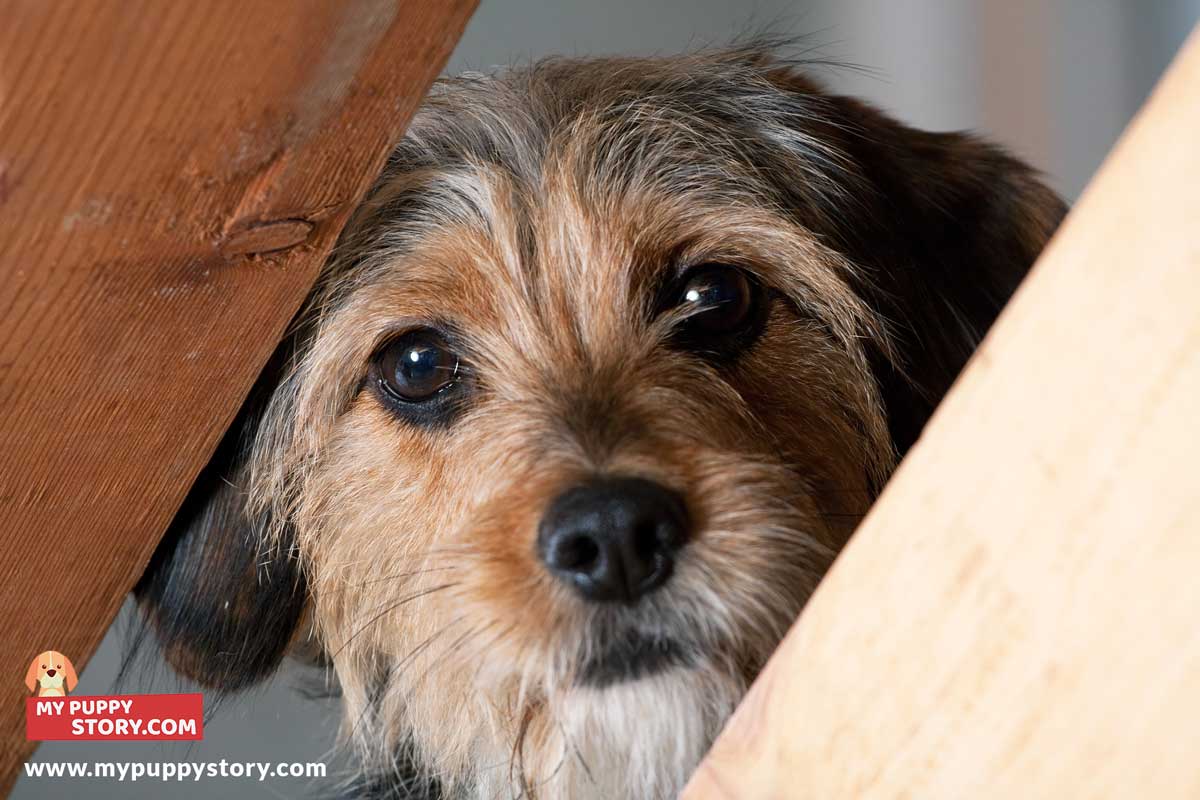
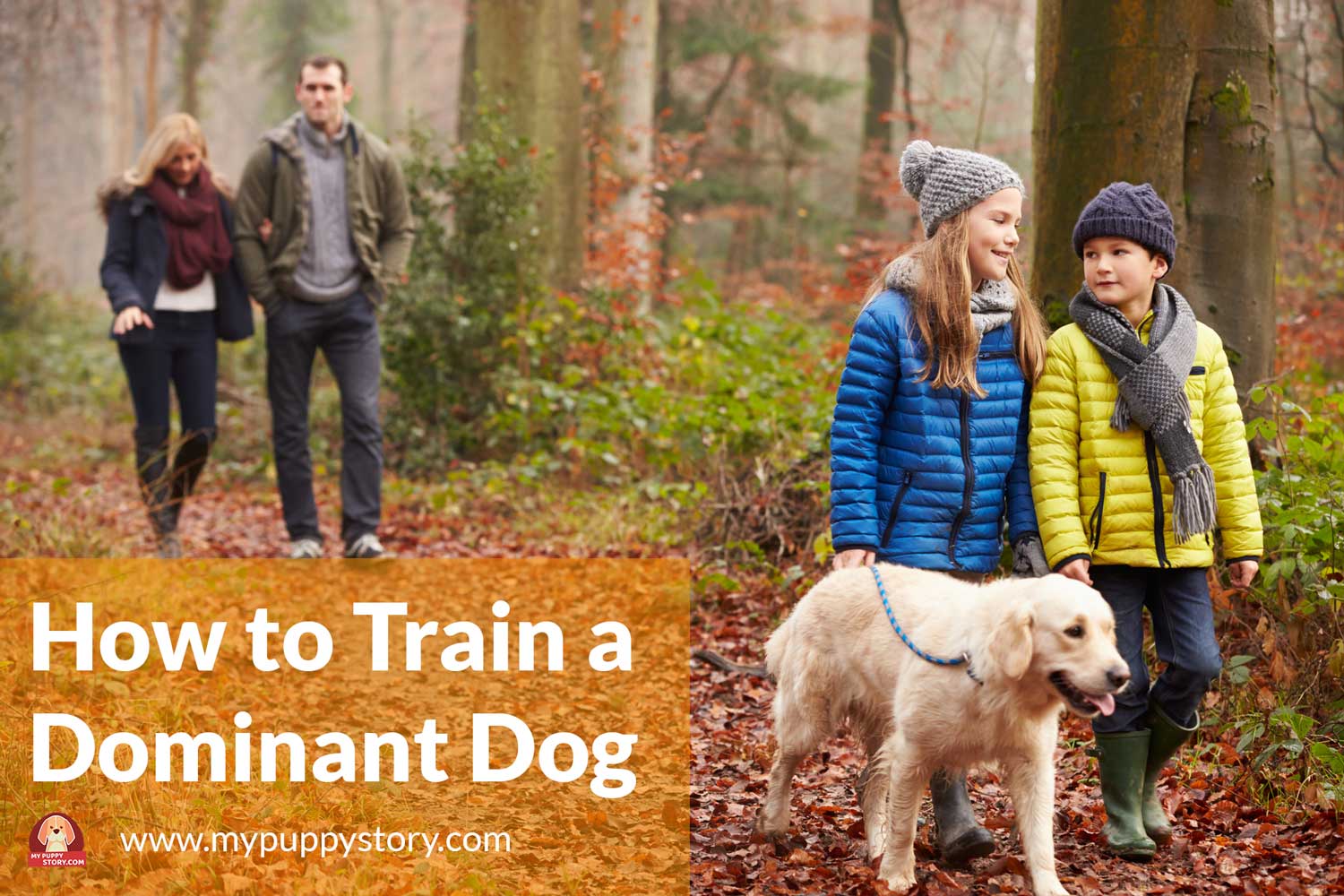


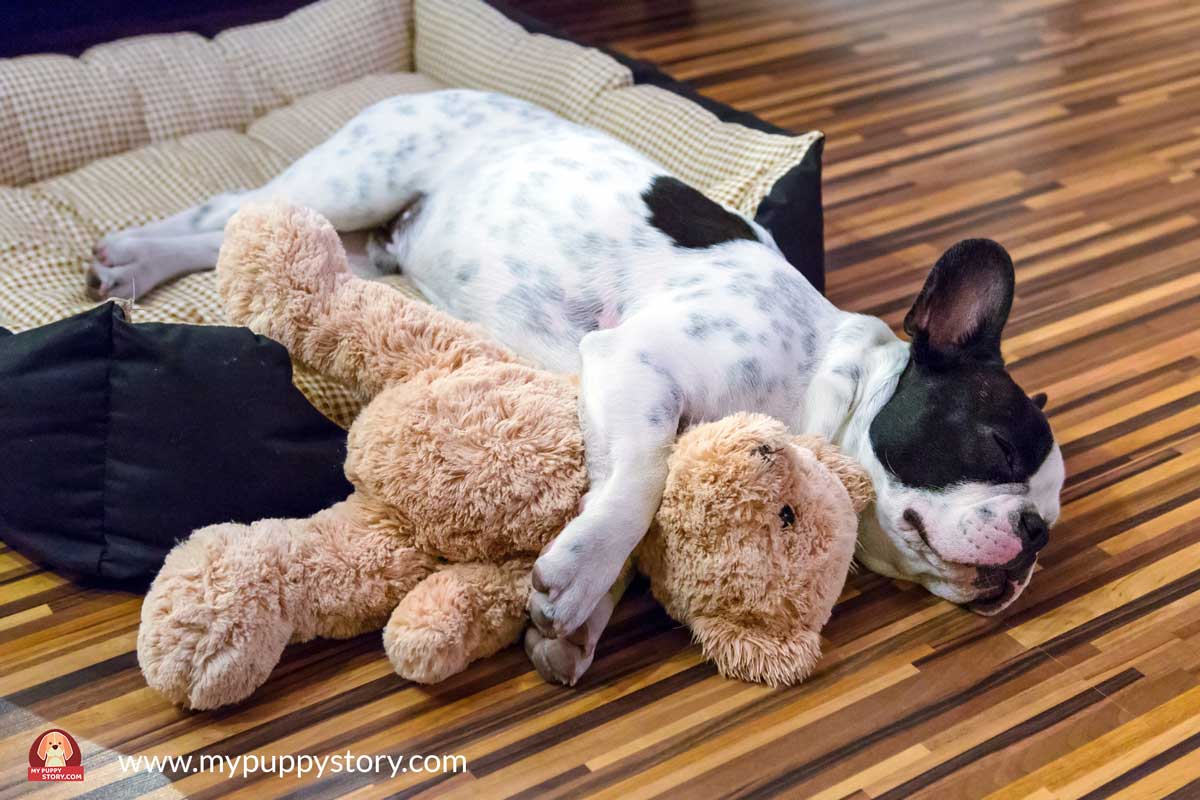 Something worth noting here is that toys that are both visually attractive as well as can produce a curious sound are going to be your best bet. If you’re passionate about taking photos of your dog, and going to do it very often, you may as well want to consider getting a bunch of these toys.
Something worth noting here is that toys that are both visually attractive as well as can produce a curious sound are going to be your best bet. If you’re passionate about taking photos of your dog, and going to do it very often, you may as well want to consider getting a bunch of these toys. However, using treats to make your dog sit in your desired position is going to take some practice. You simply need to get the dog’s attention by showing him the treat, and then asking him to sit if he wants to have it. But you wouldn’t want to give it to him immediately after he sits, as that won’t allow you to take a picture.
However, using treats to make your dog sit in your desired position is going to take some practice. You simply need to get the dog’s attention by showing him the treat, and then asking him to sit if he wants to have it. But you wouldn’t want to give it to him immediately after he sits, as that won’t allow you to take a picture.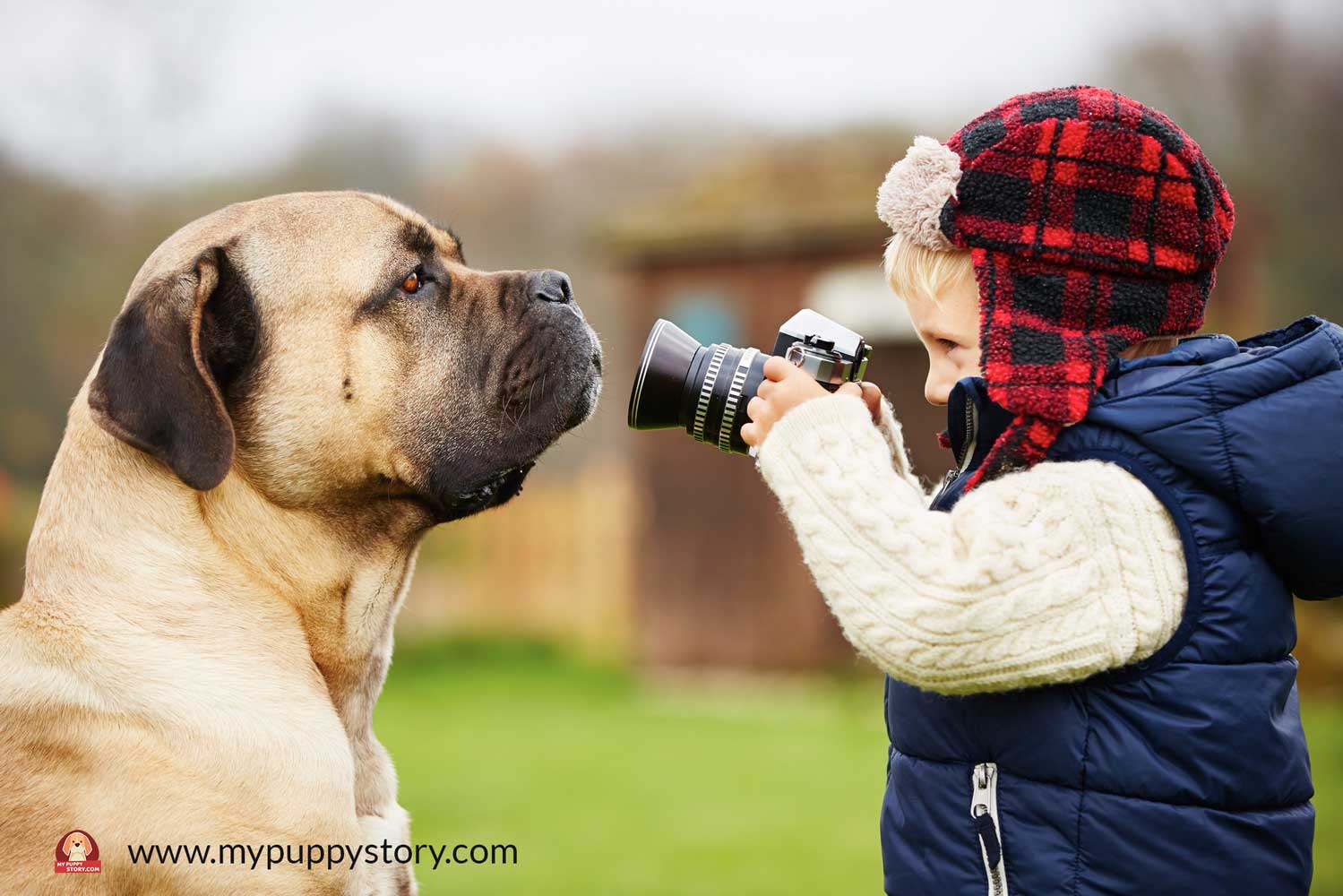
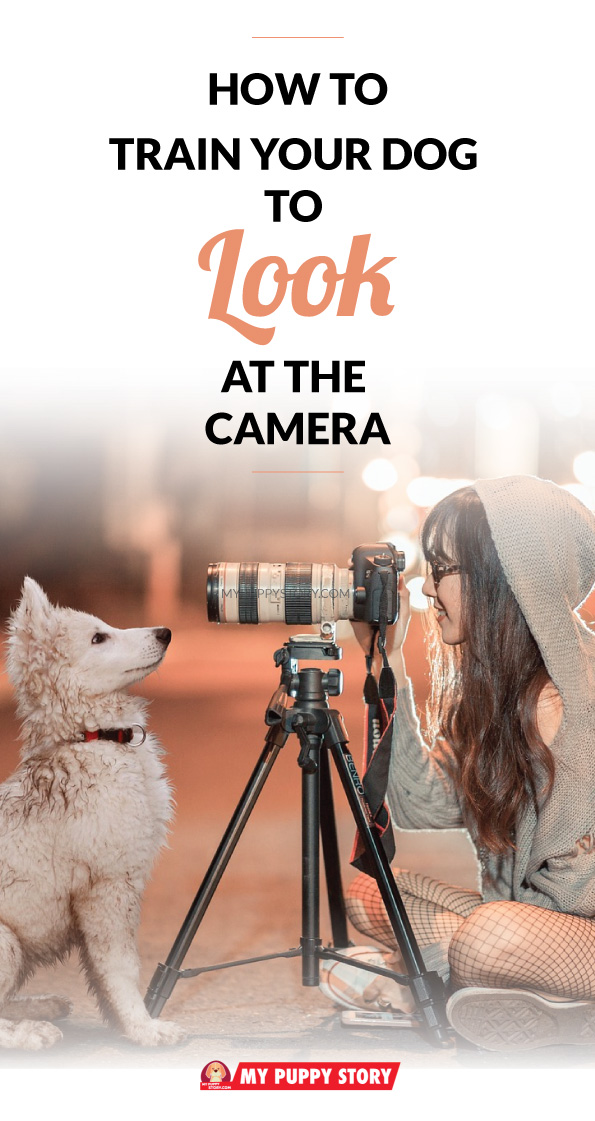
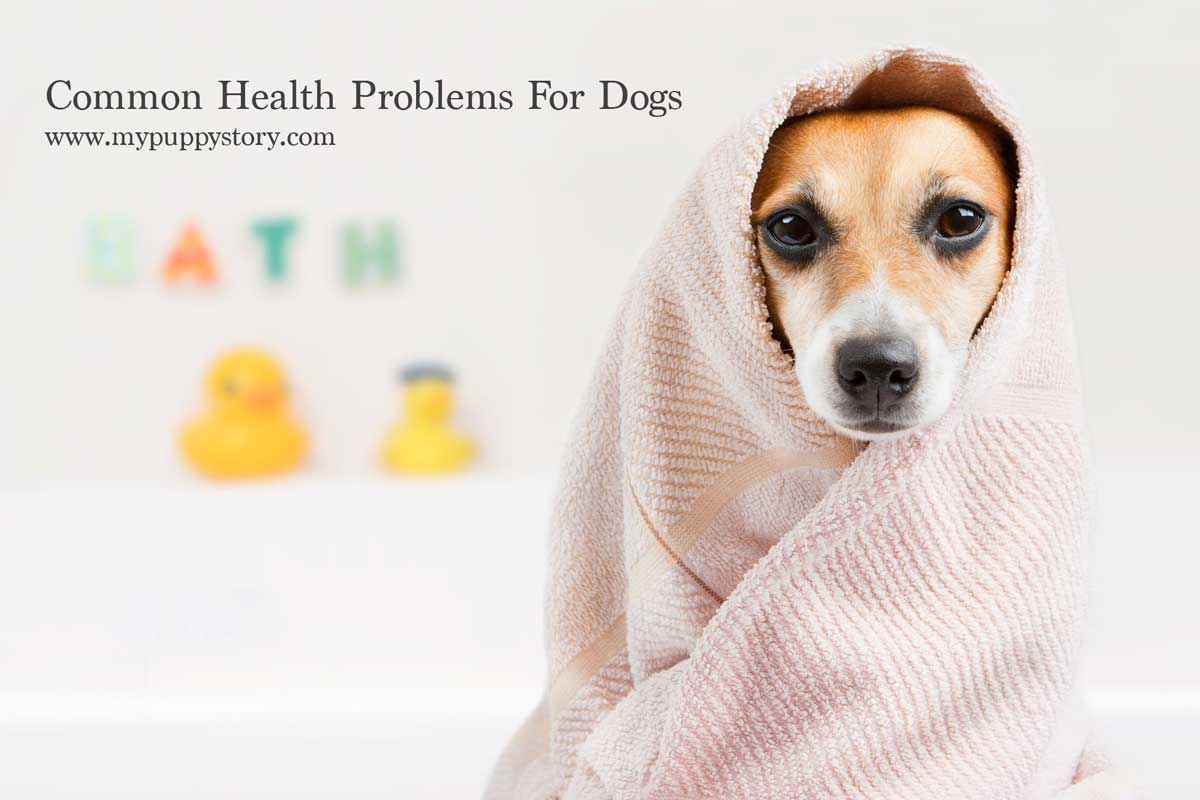
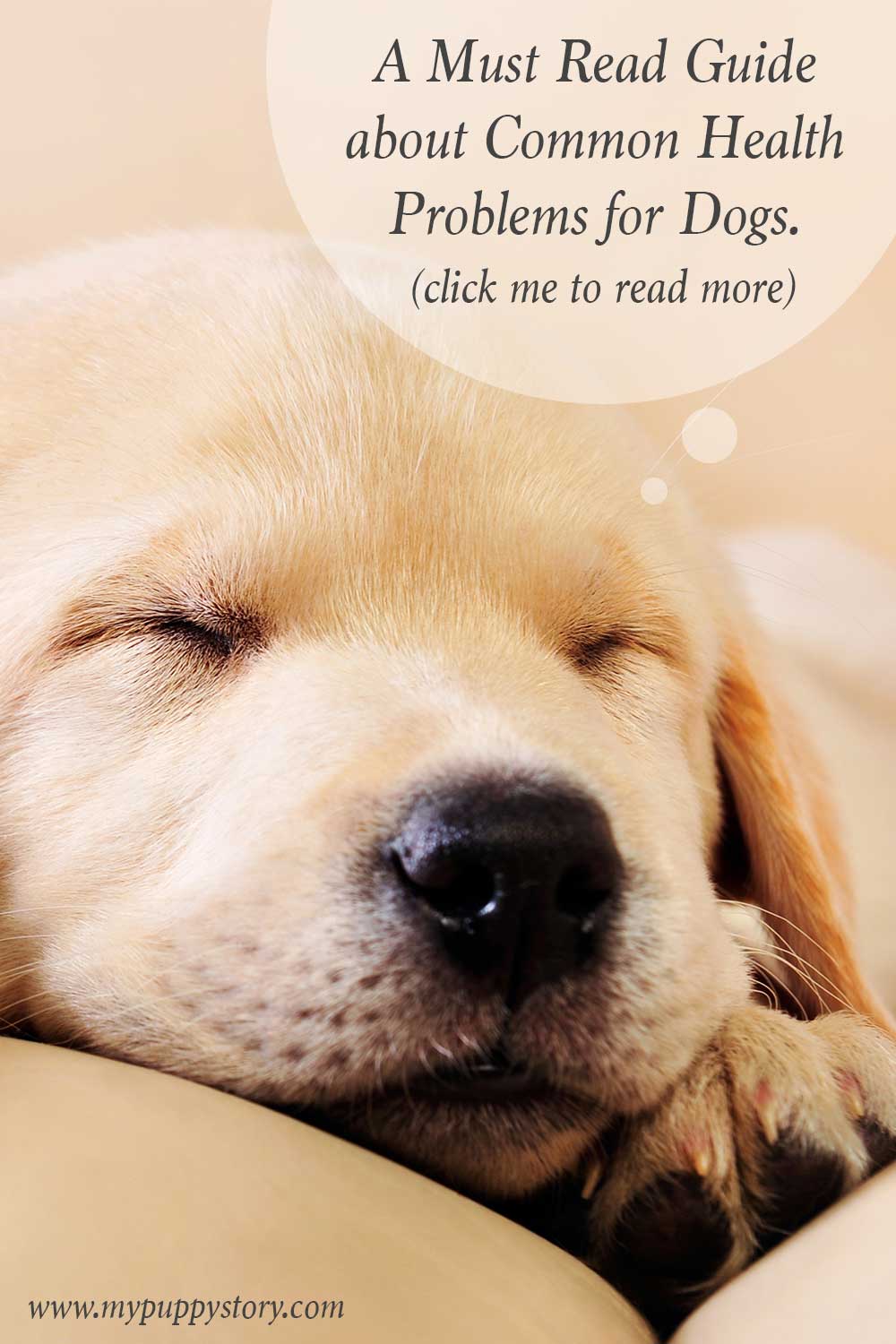 When you bring a dog home from a store or shelter, or when you’re getting to know a brand new puppy, the last thing on your mind is taking care of him when he’s sick.
When you bring a dog home from a store or shelter, or when you’re getting to know a brand new puppy, the last thing on your mind is taking care of him when he’s sick.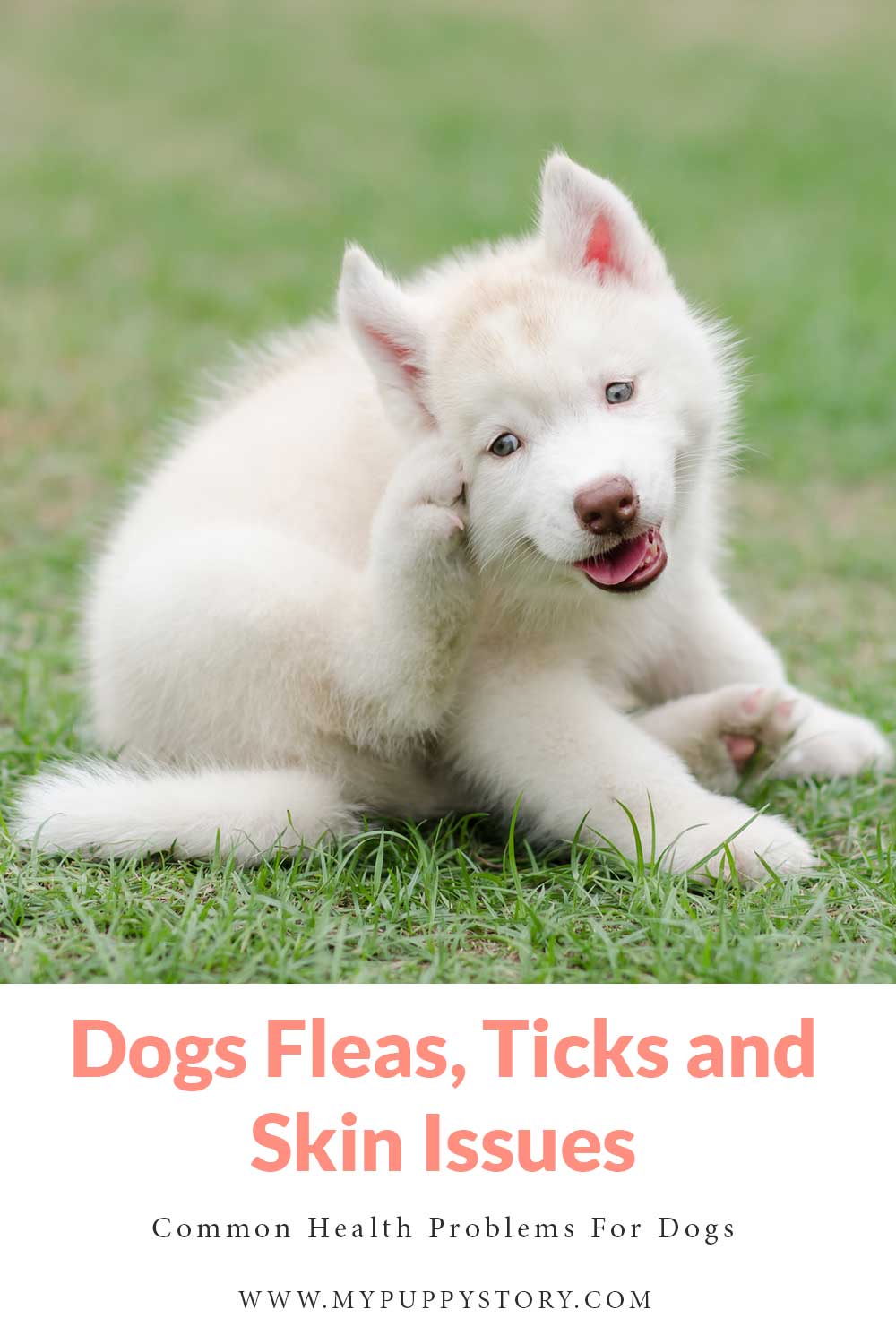 The symptoms of a flea problem are pretty easy to spot. They include repeated licking, biting or scratching of the skin, hair loss, and bare or oozing red skin patches known as flea allergy dermatitis or “hot spots.” You may even see tiny dark-colored dots on his fur, often called “flea dirt.” If it’s a tick issue your dog may have a fever, or constantly shake his head because ticks like to burrow into ear canals. When you see any of these symptoms, it’s important to take action quickly because one flea can become a thousand fleas in just a few weeks, and ticks can transmit serious Lyme disease.
The symptoms of a flea problem are pretty easy to spot. They include repeated licking, biting or scratching of the skin, hair loss, and bare or oozing red skin patches known as flea allergy dermatitis or “hot spots.” You may even see tiny dark-colored dots on his fur, often called “flea dirt.” If it’s a tick issue your dog may have a fever, or constantly shake his head because ticks like to burrow into ear canals. When you see any of these symptoms, it’s important to take action quickly because one flea can become a thousand fleas in just a few weeks, and ticks can transmit serious Lyme disease. You likely know that dogs are extremely prone to arthritis as they grow older; it’s one of the most common canine diseases treated by veterinarians. Many owners routinely give their mature dogs supplements like chondroitin and glucosamine even before they contract arthritis, and definitely after they are diagnosed. Because there’s no “cure” for the disease, treatment is aimed at lessening pain as much as possible, and can also include NSAIDs and steroids to reduce inflammation although each of those options can cause major side effects.
You likely know that dogs are extremely prone to arthritis as they grow older; it’s one of the most common canine diseases treated by veterinarians. Many owners routinely give their mature dogs supplements like chondroitin and glucosamine even before they contract arthritis, and definitely after they are diagnosed. Because there’s no “cure” for the disease, treatment is aimed at lessening pain as much as possible, and can also include NSAIDs and steroids to reduce inflammation although each of those options can cause major side effects.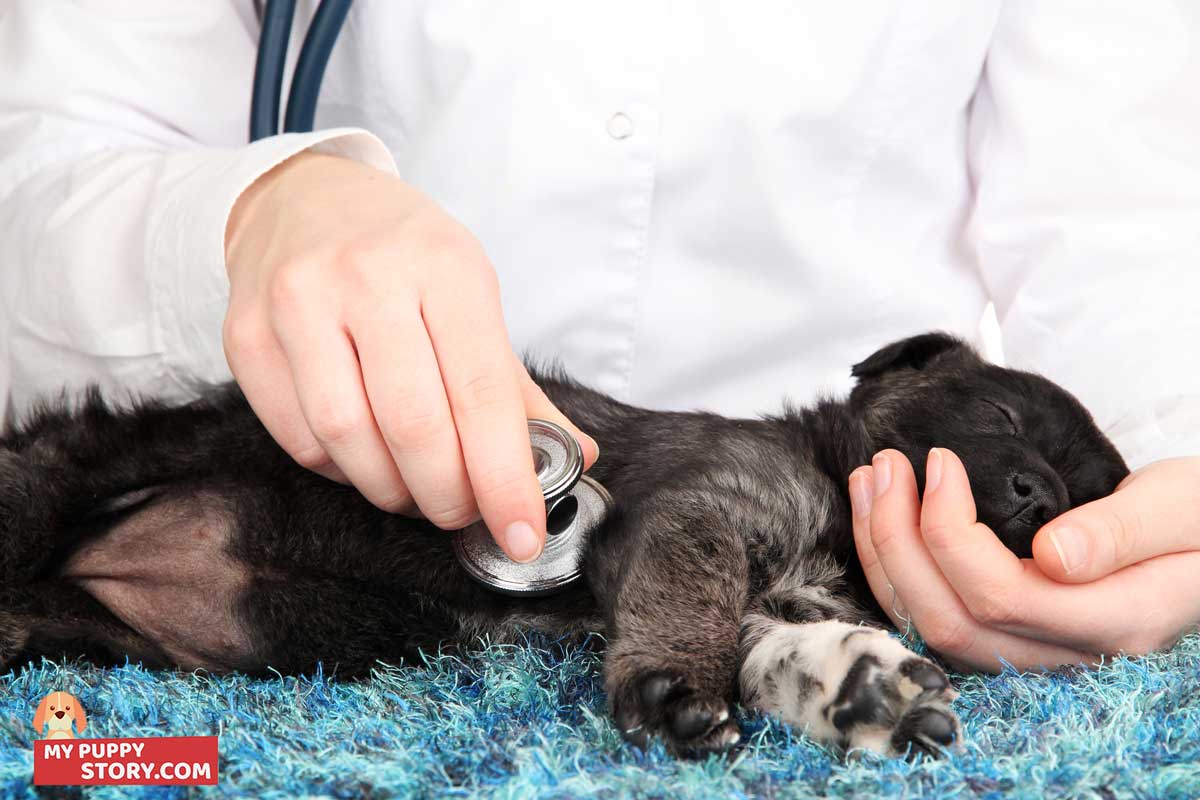

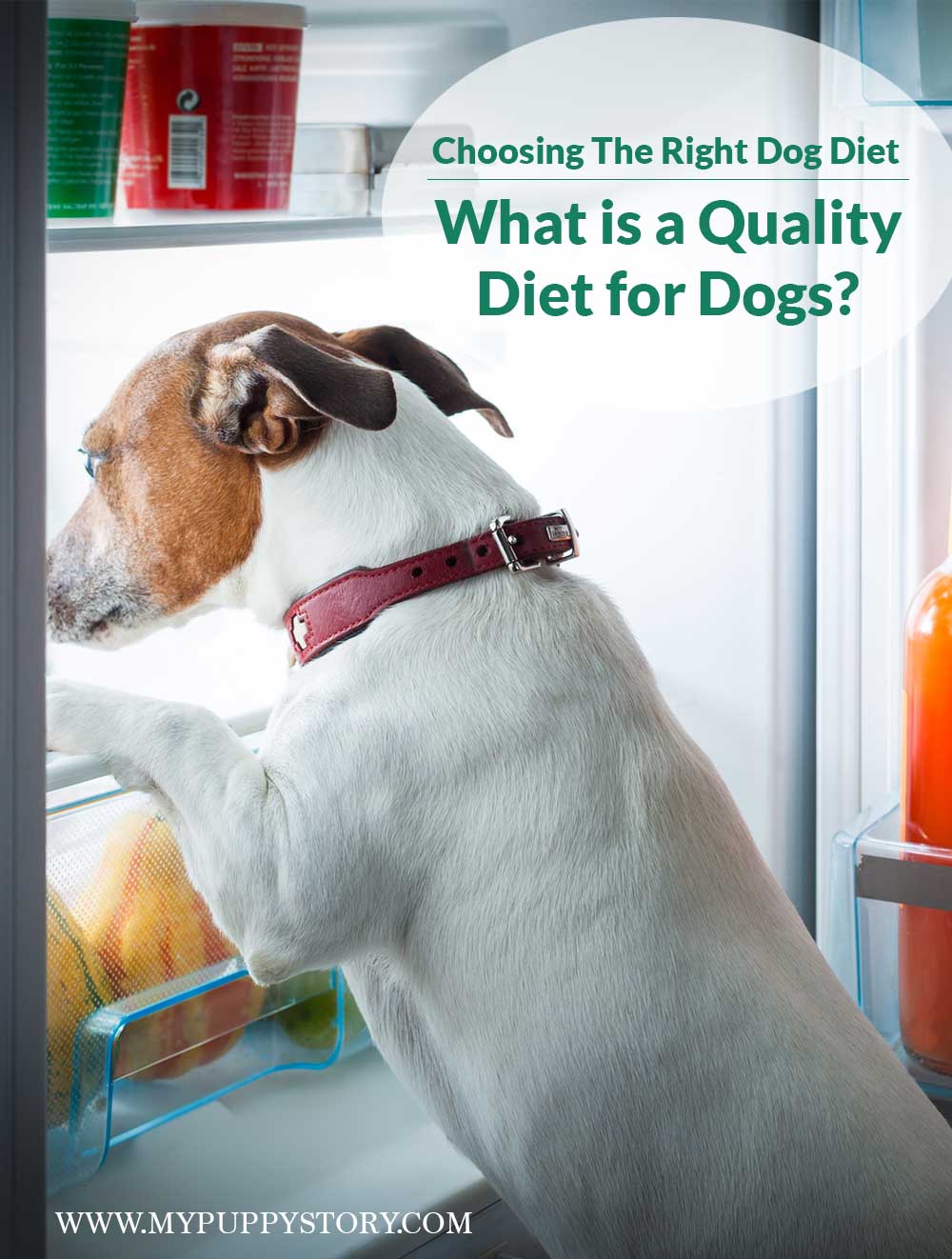
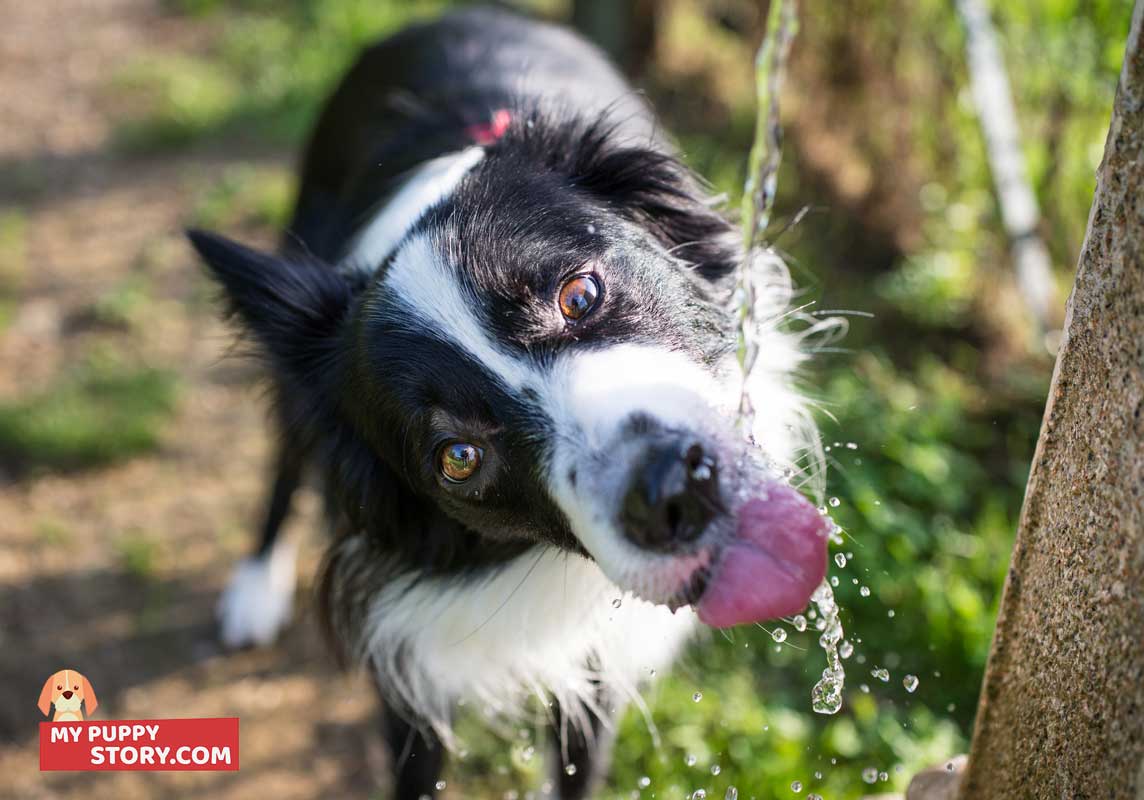 Even first-time dog owners know they have to put out a bowl of water for their new pet. In general, dogs need at least one ounce of water per day for each pound of body weight. For most, that’s not a problem – you don’t normally have to worry about your dog’s water consumption. However, if you have a pet that shows signs of dehydration (usually due to illness), or doesn’t seem overly interested in his water bowl (or less-healthy options like toilets or puddles) canned food is around 75% water and should definitely be considered.
Even first-time dog owners know they have to put out a bowl of water for their new pet. In general, dogs need at least one ounce of water per day for each pound of body weight. For most, that’s not a problem – you don’t normally have to worry about your dog’s water consumption. However, if you have a pet that shows signs of dehydration (usually due to illness), or doesn’t seem overly interested in his water bowl (or less-healthy options like toilets or puddles) canned food is around 75% water and should definitely be considered.